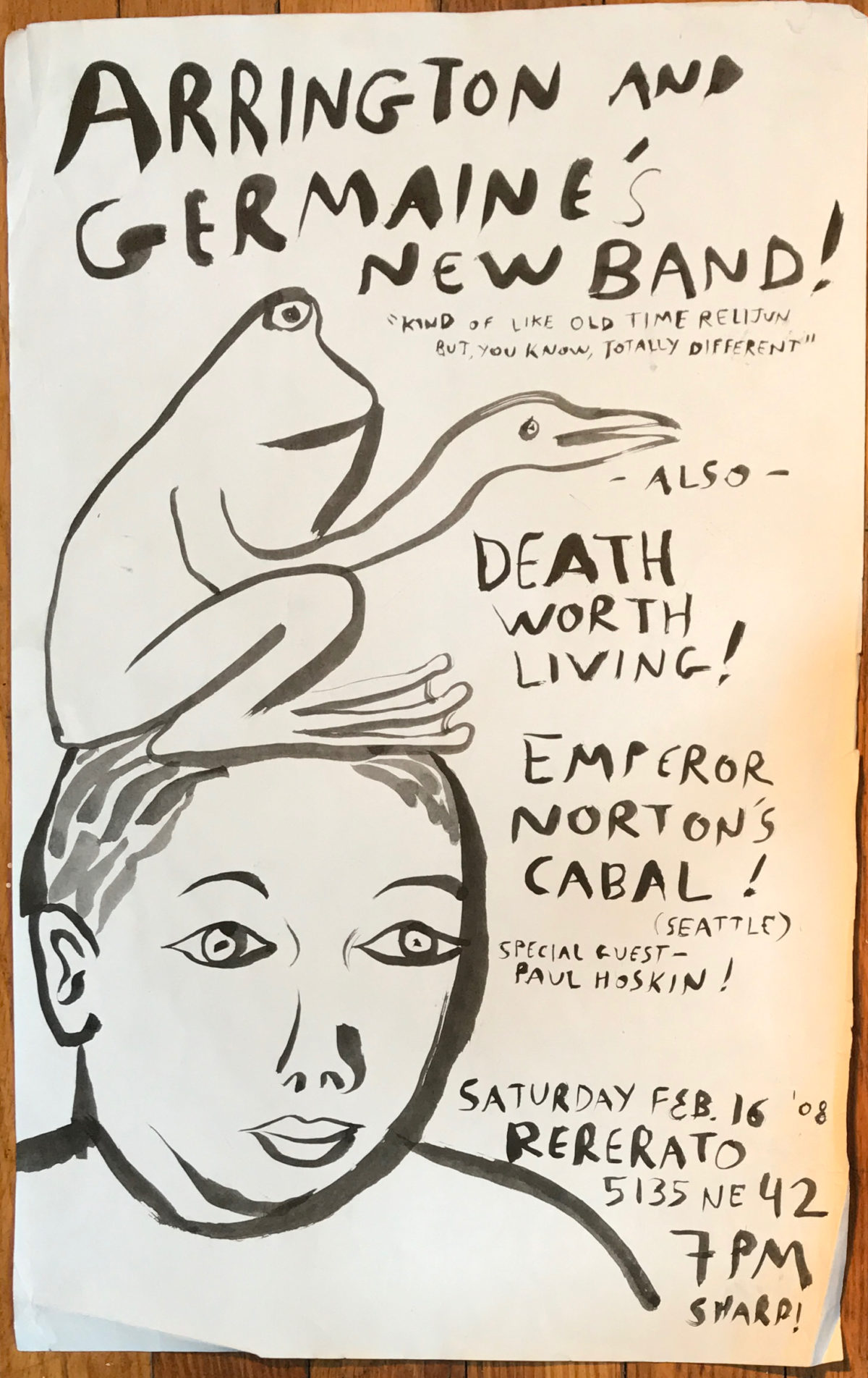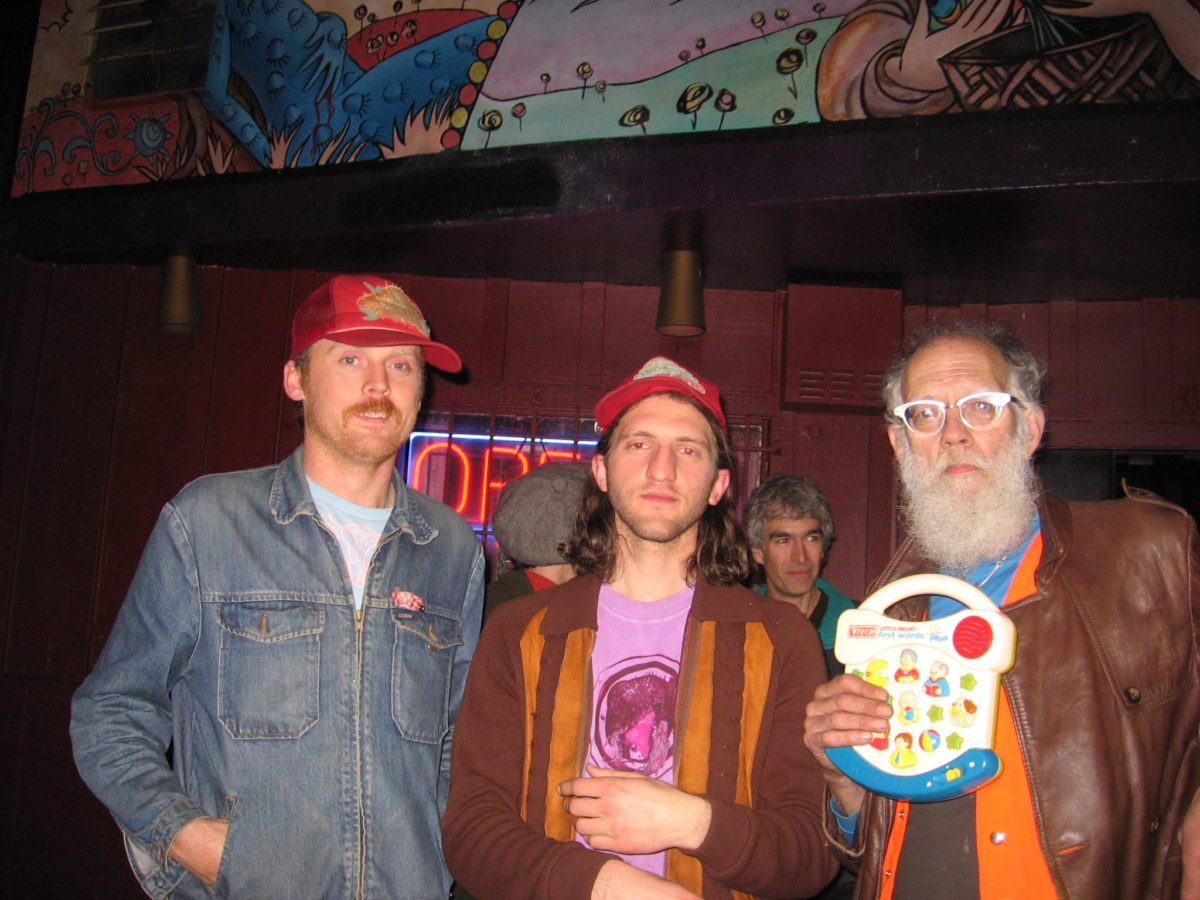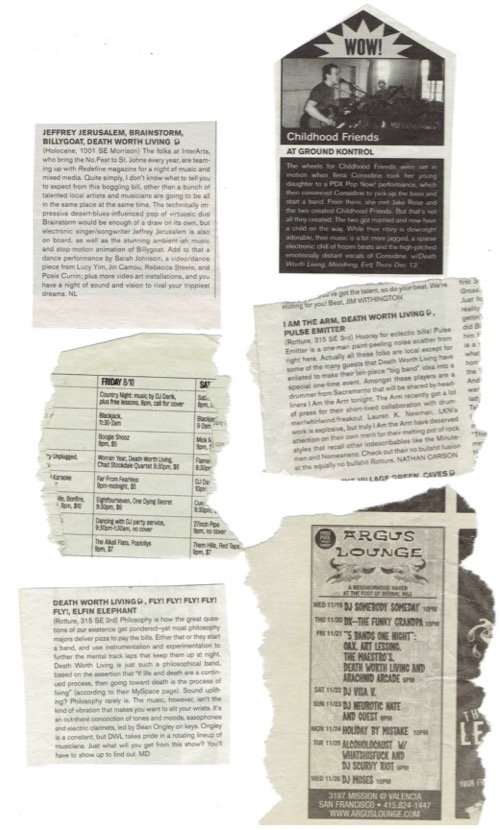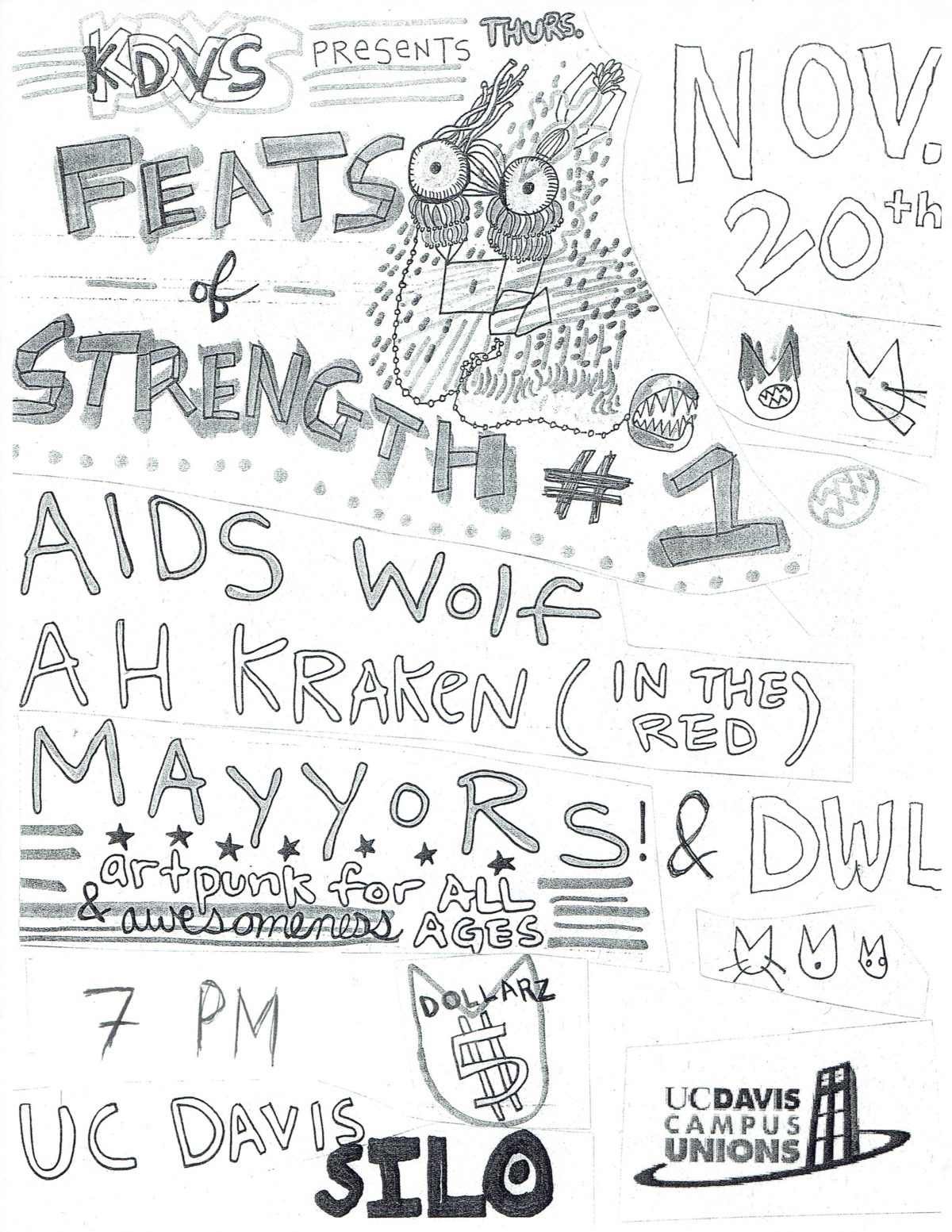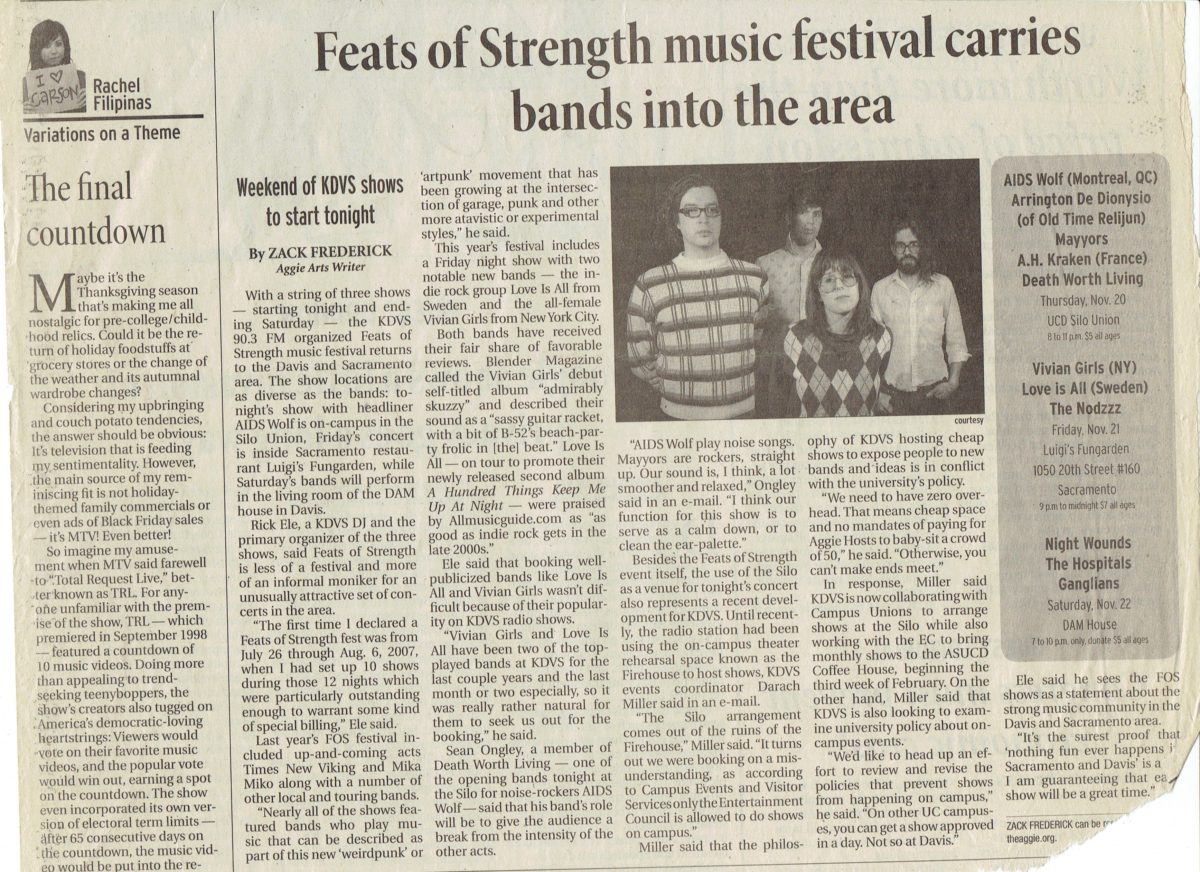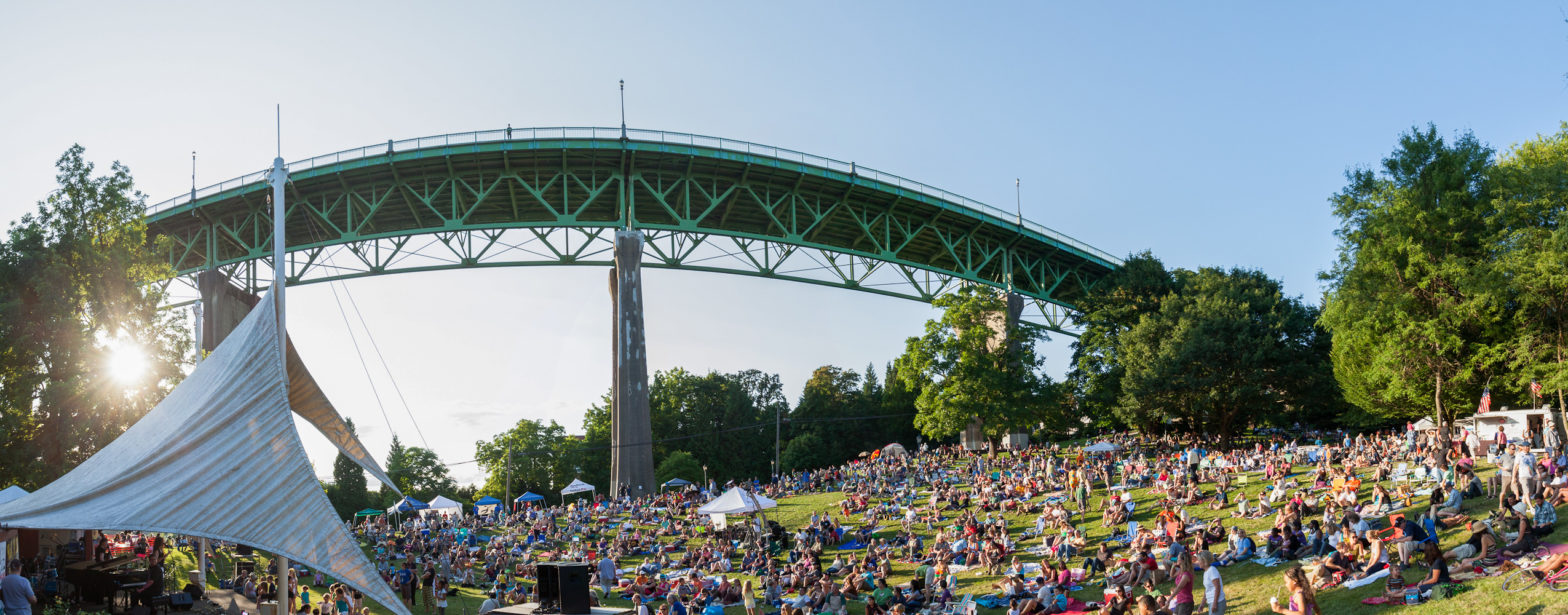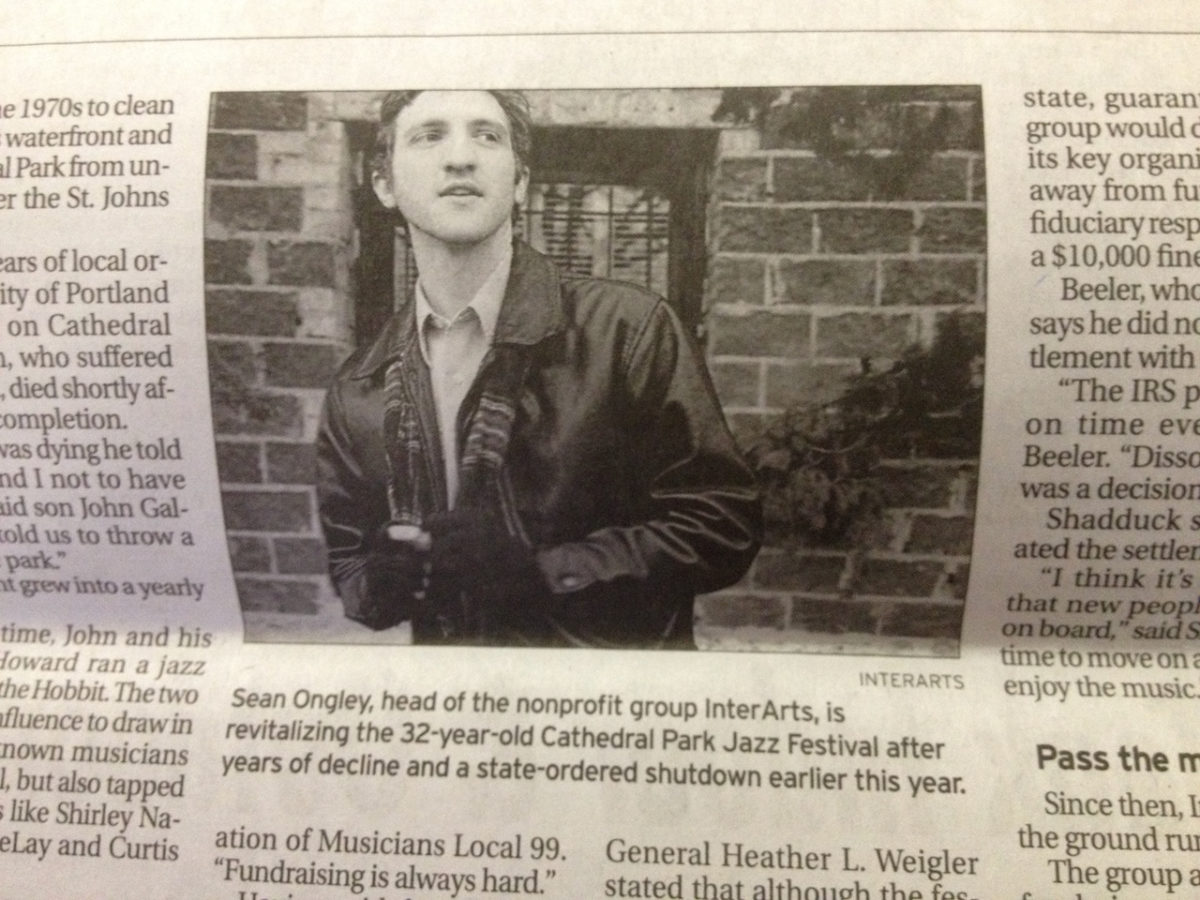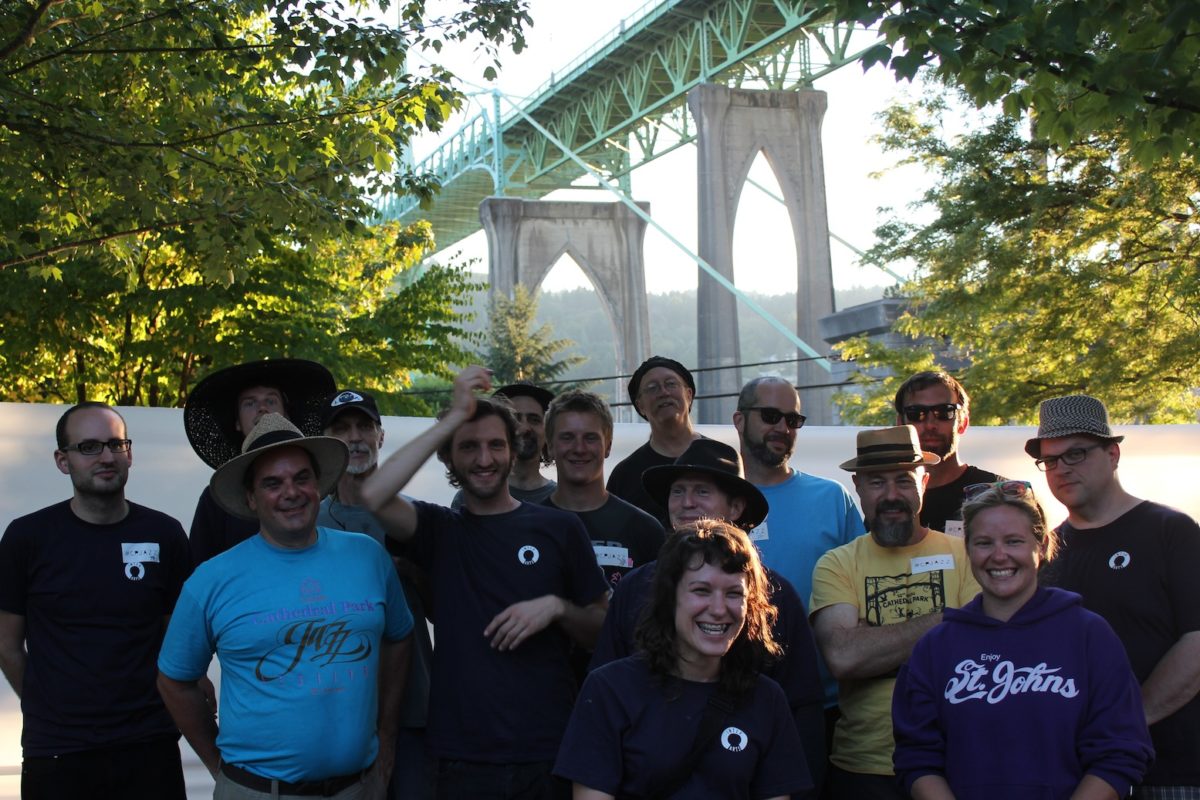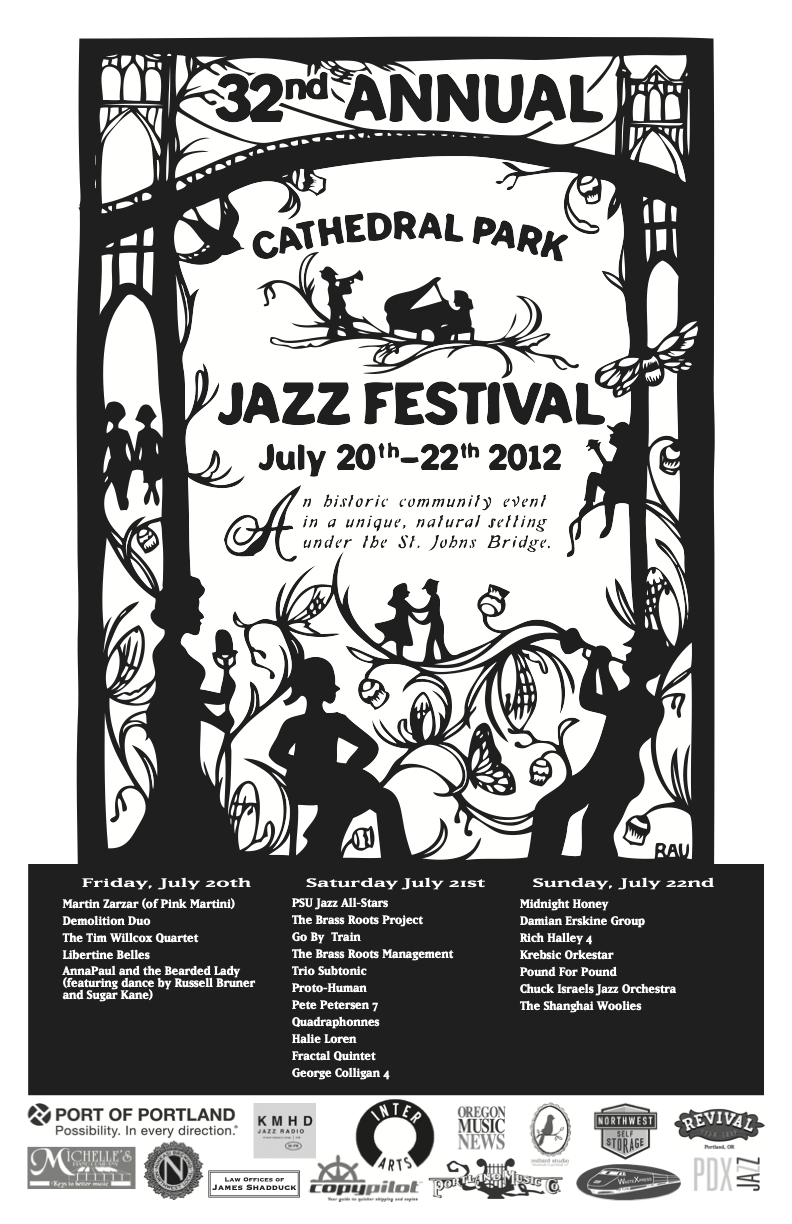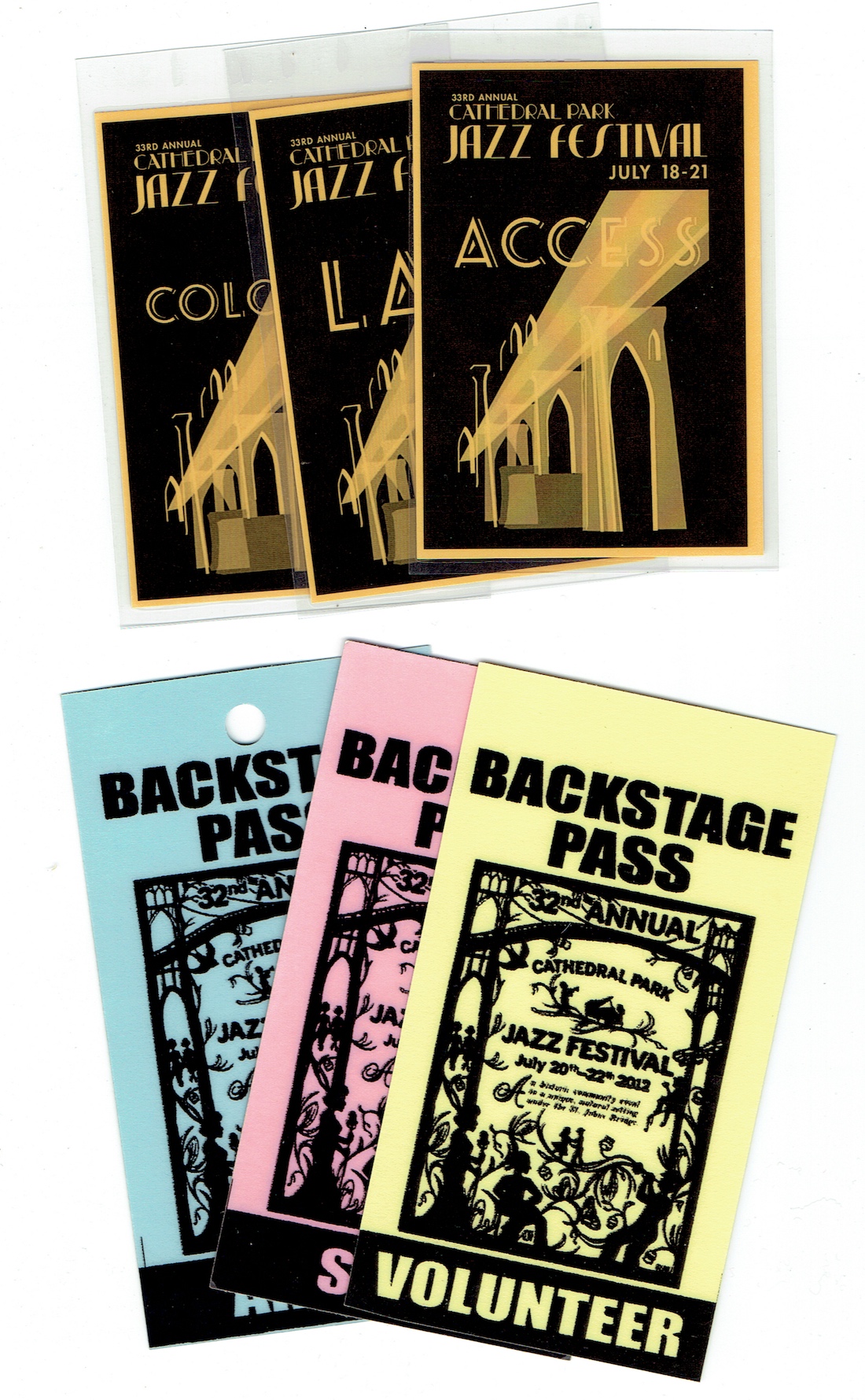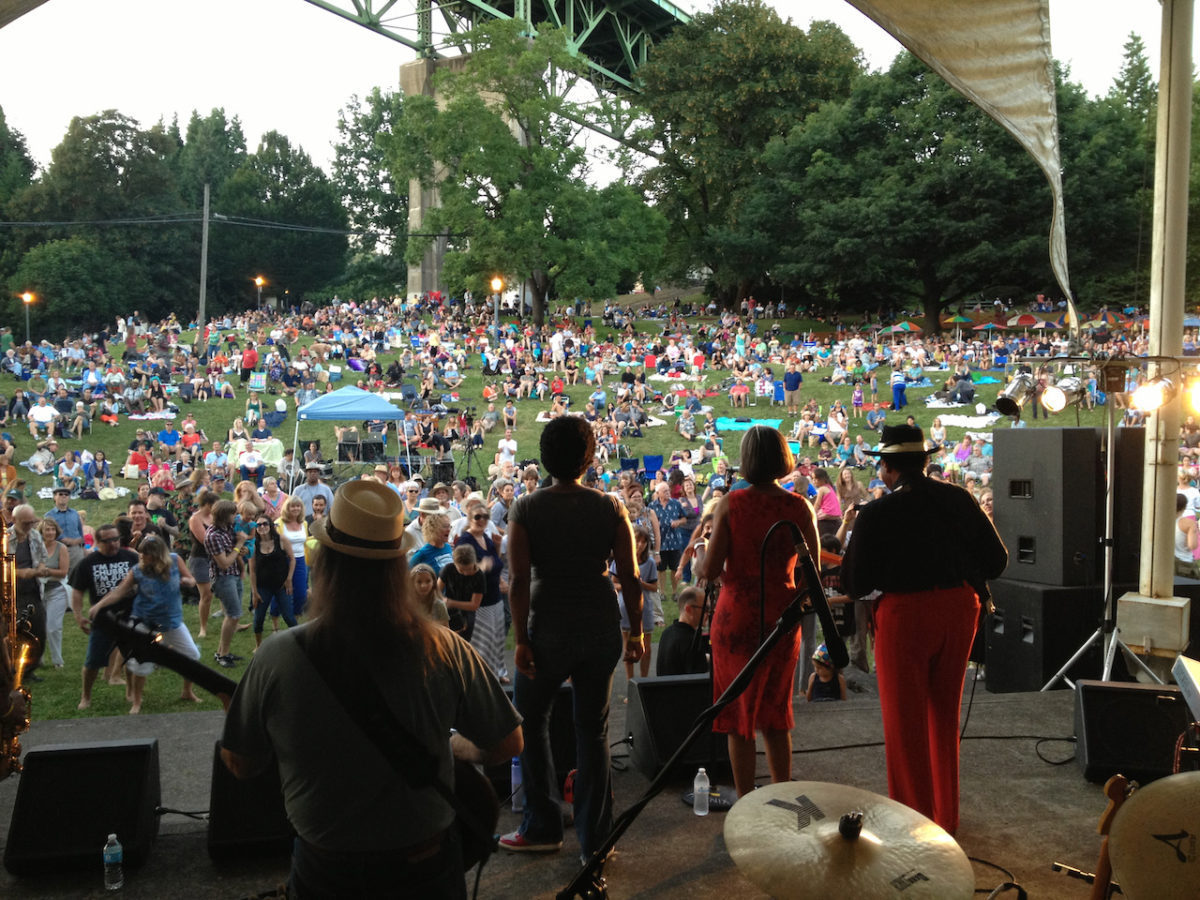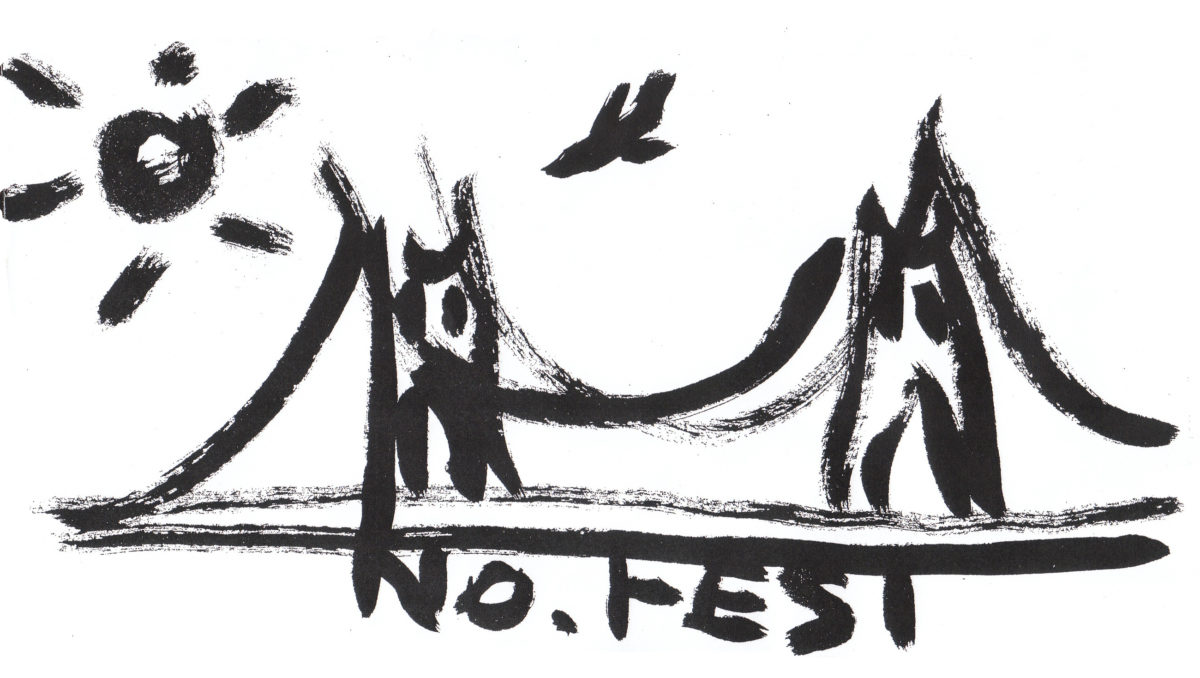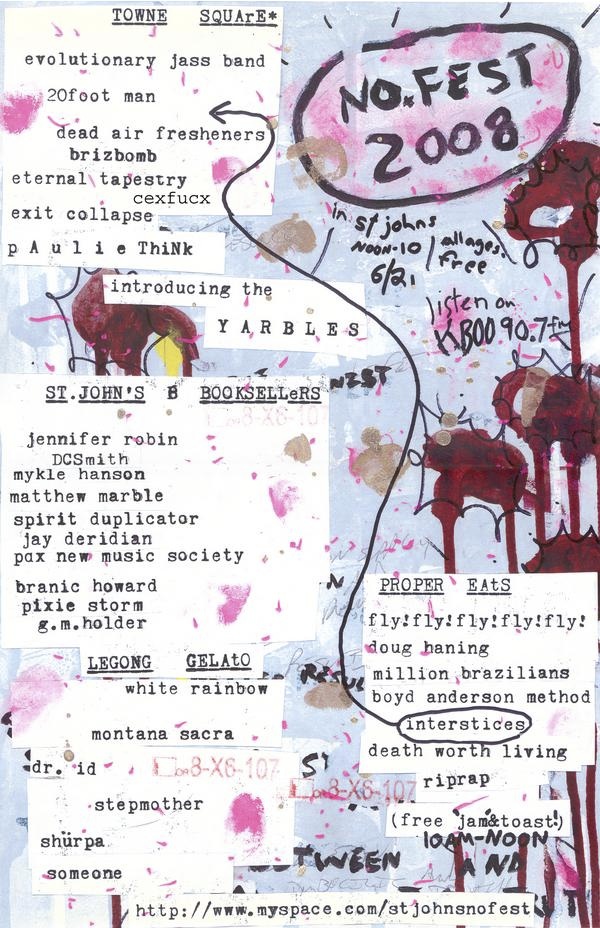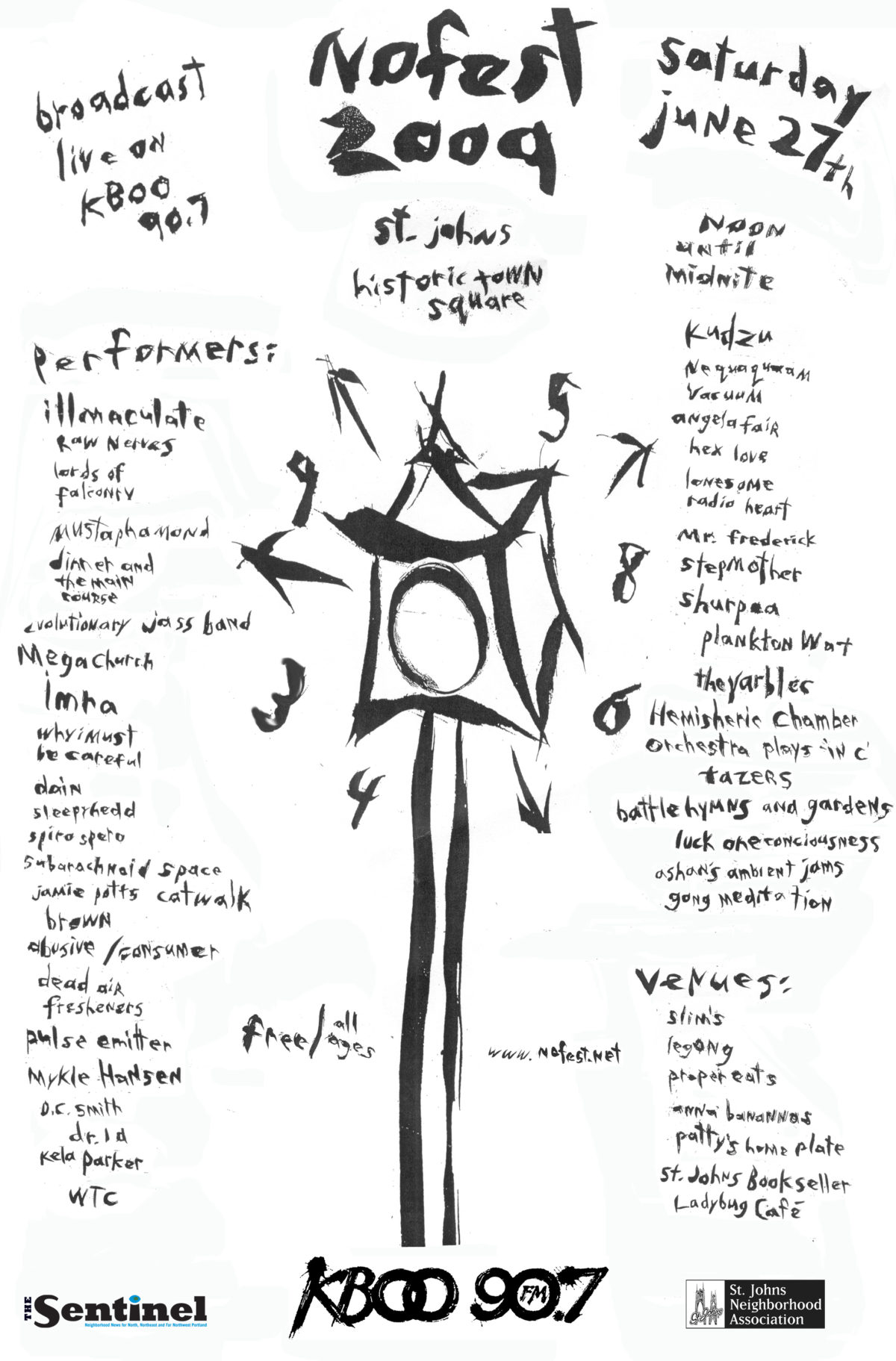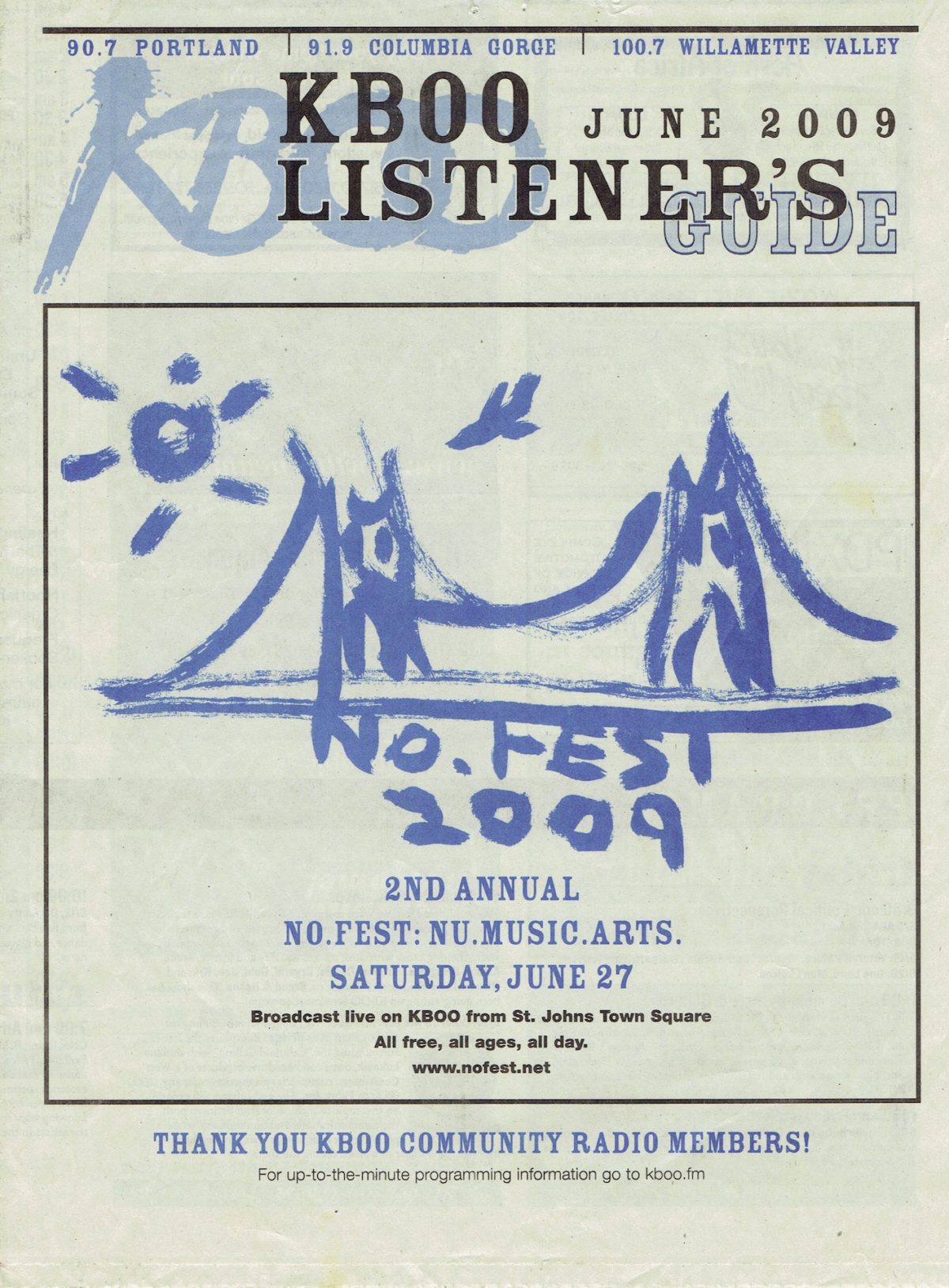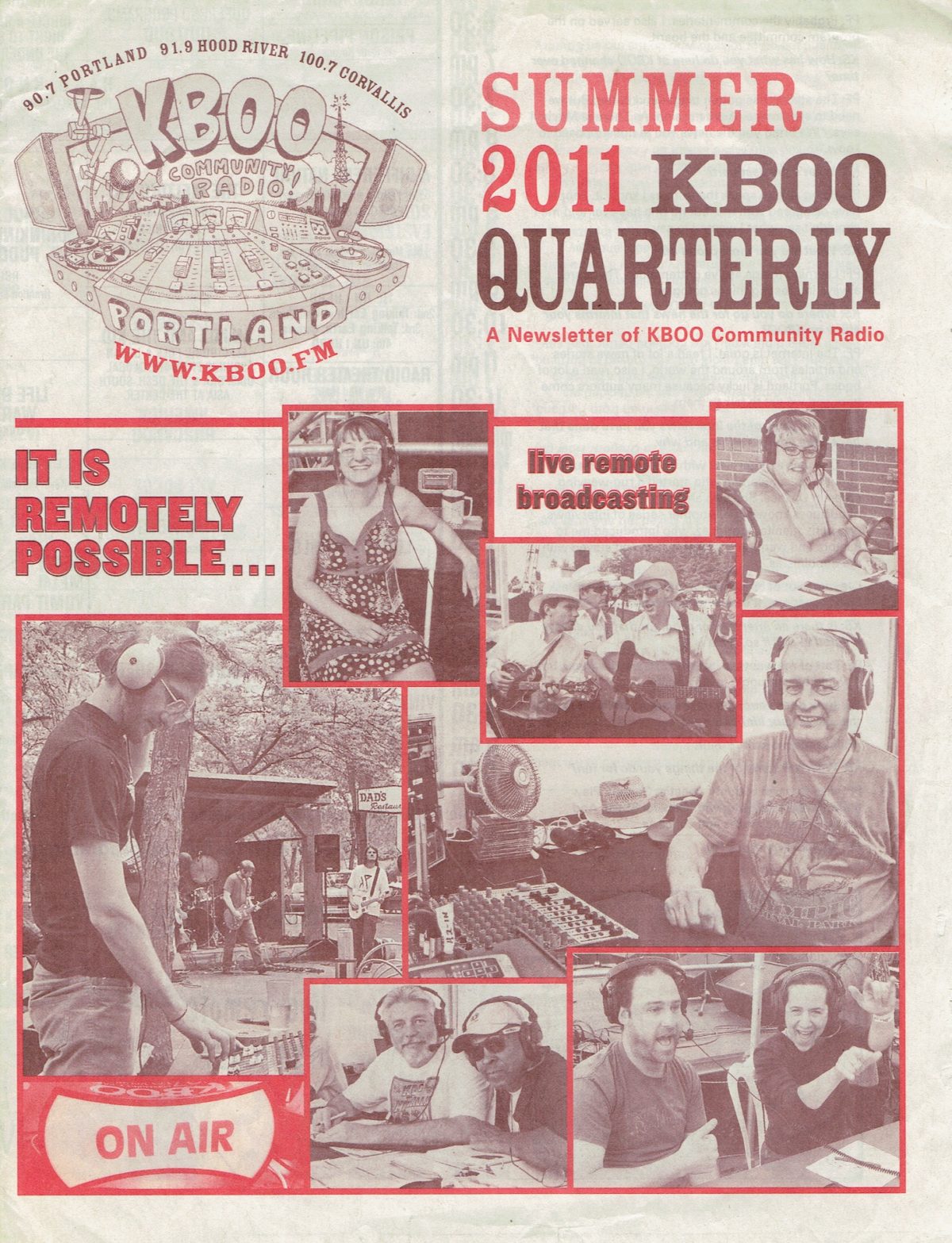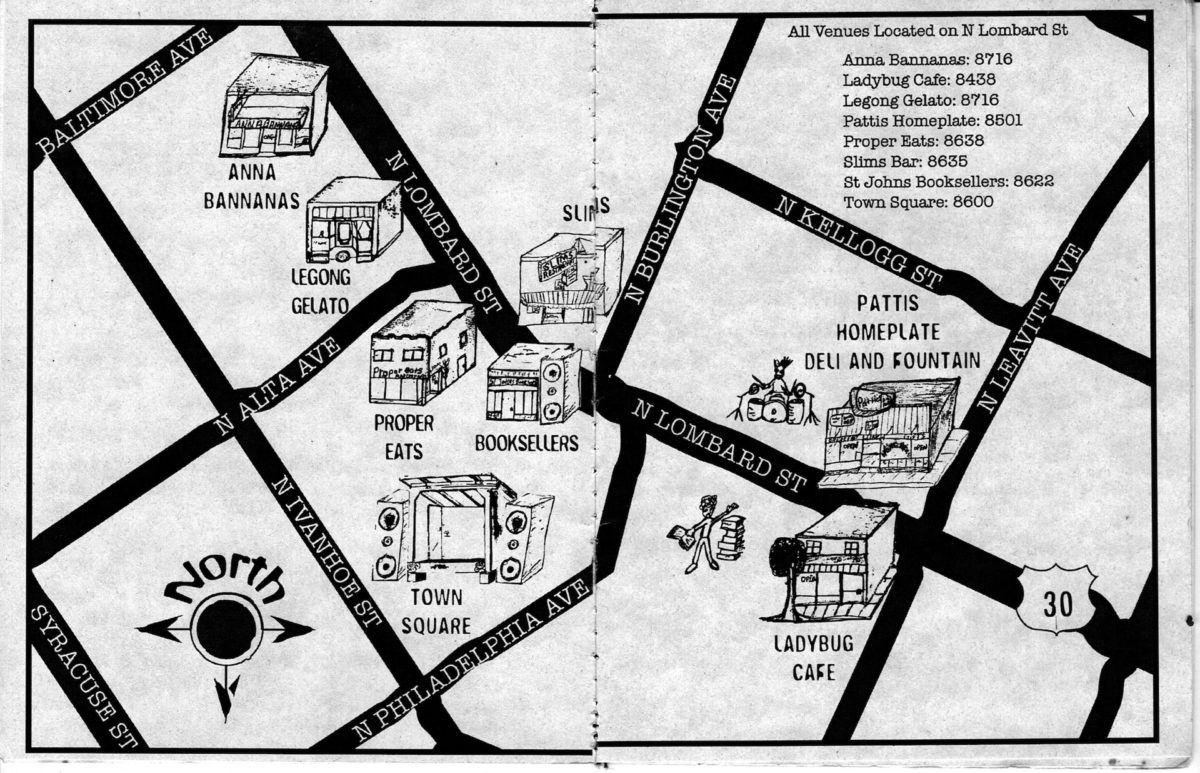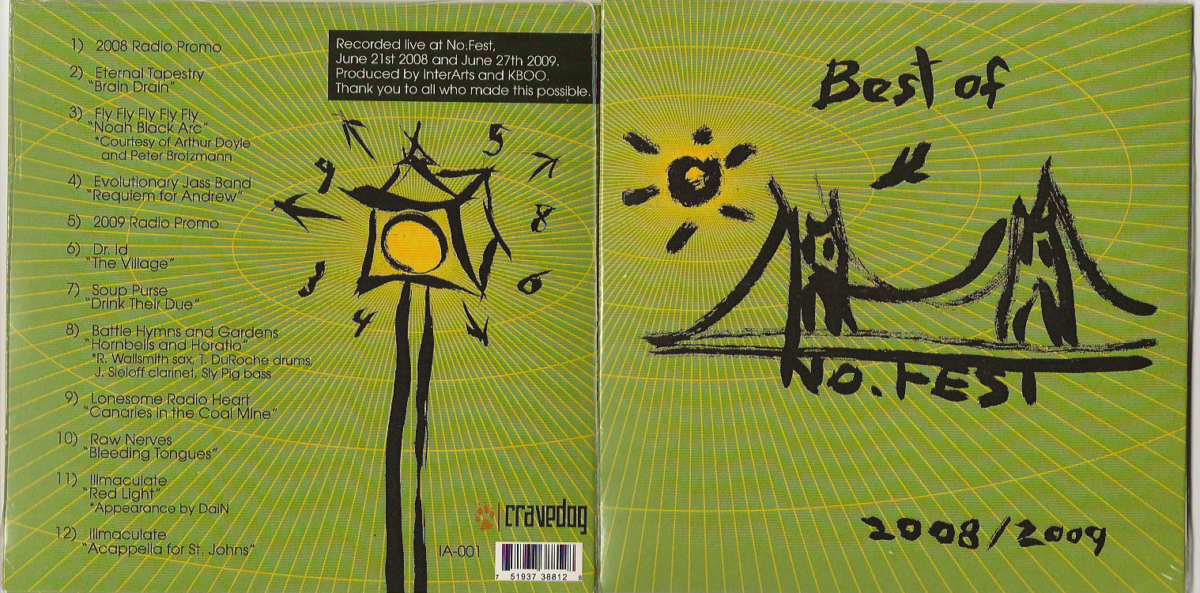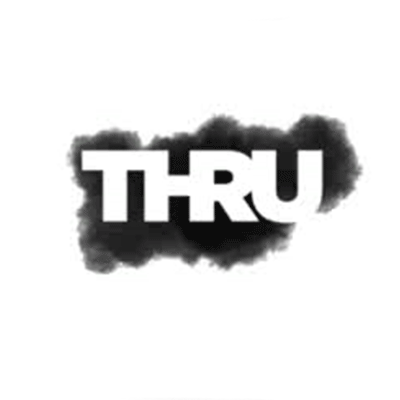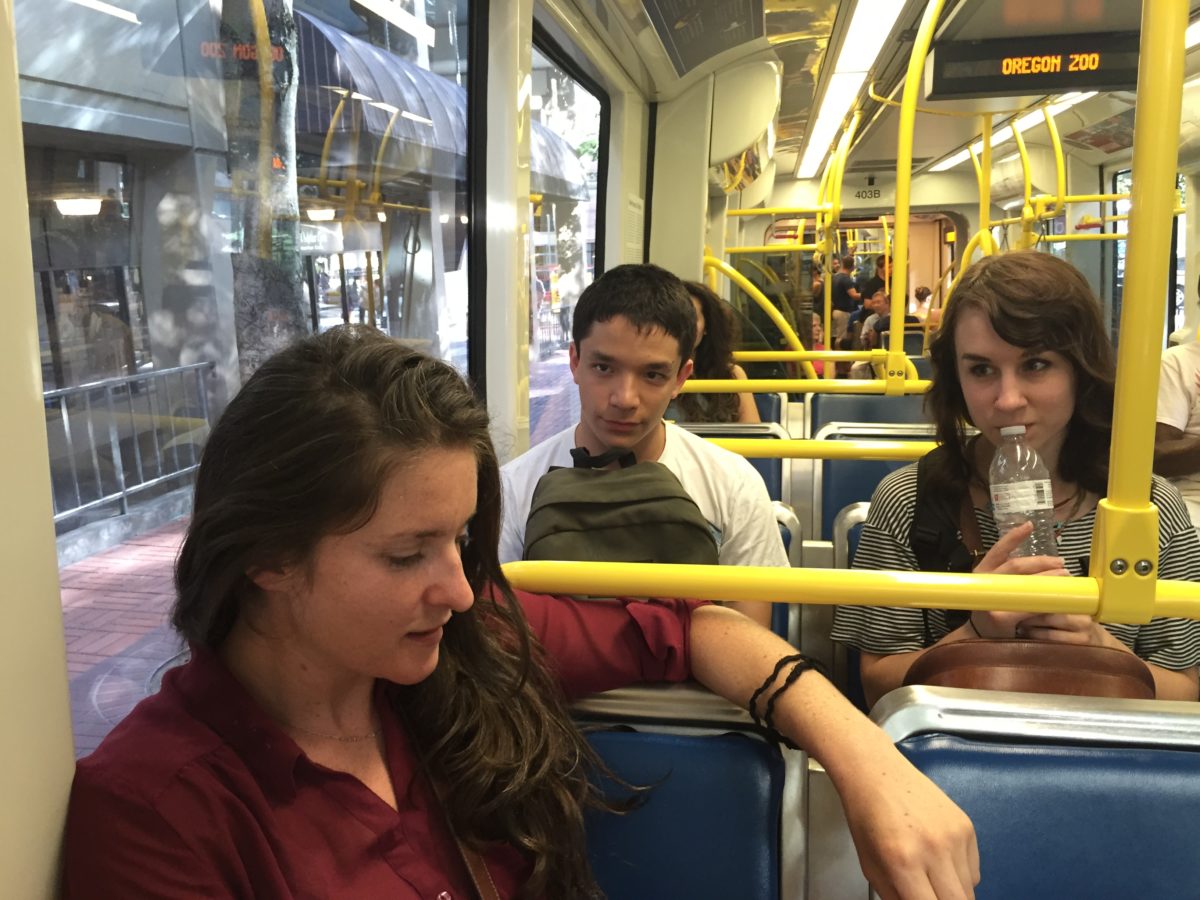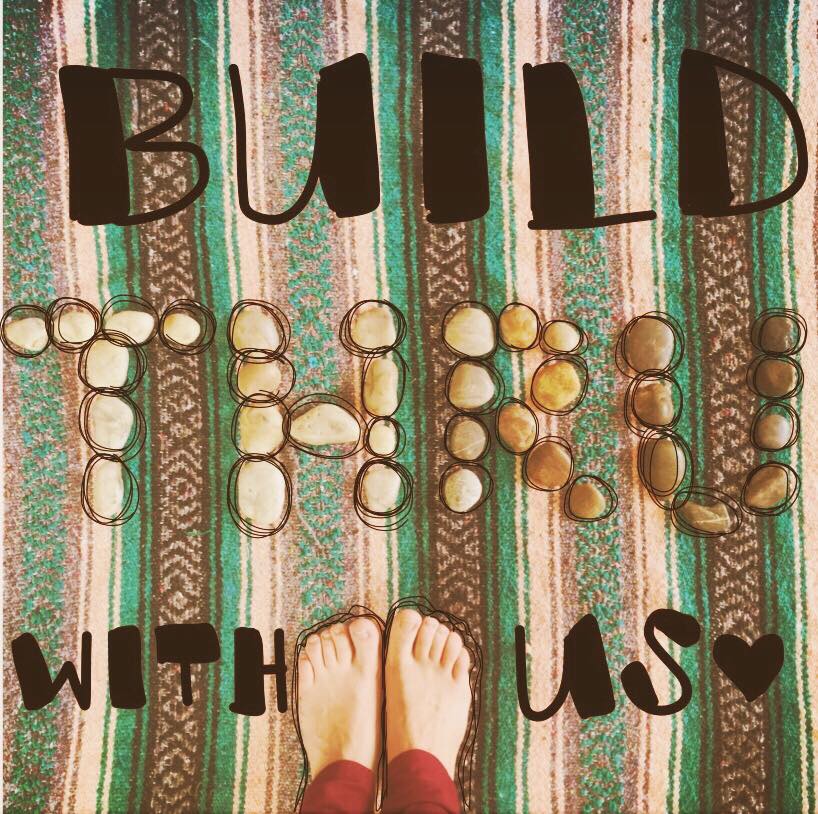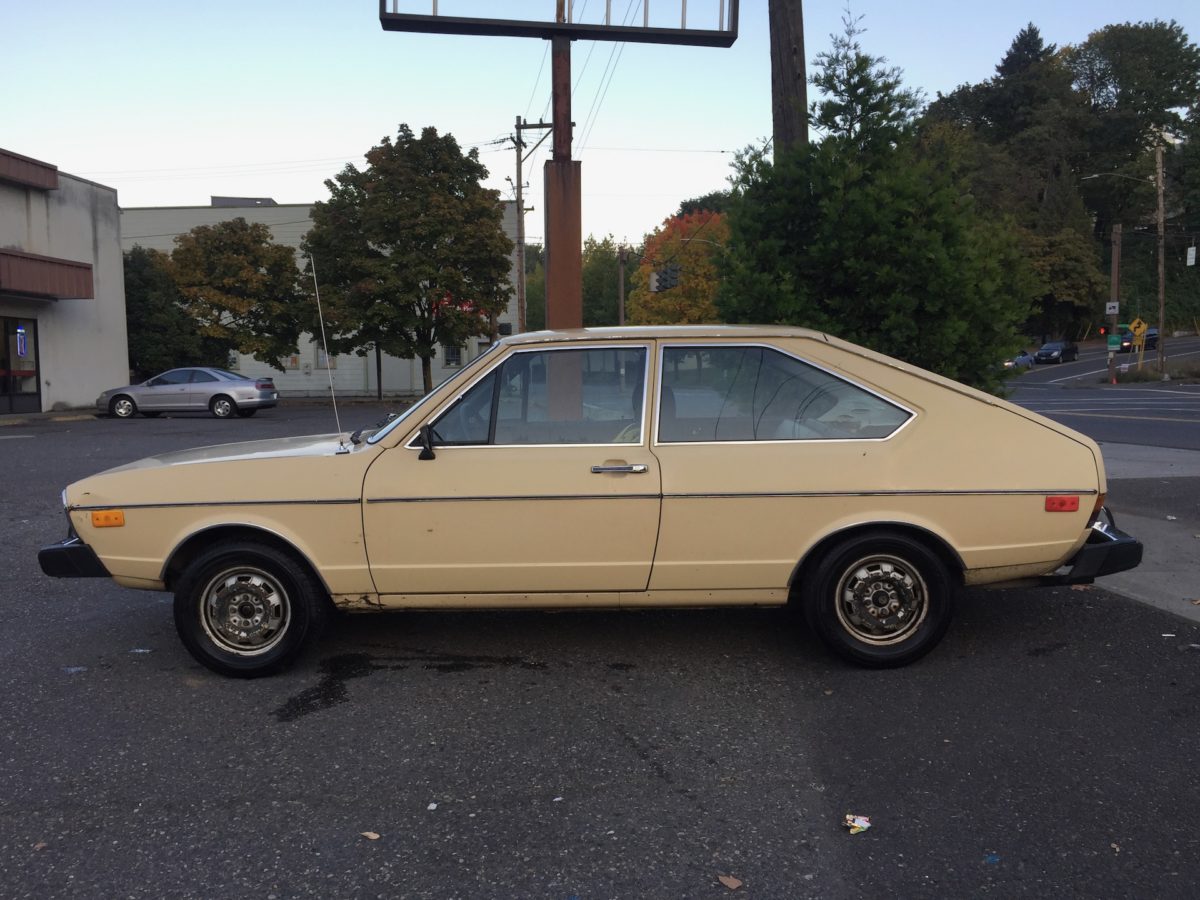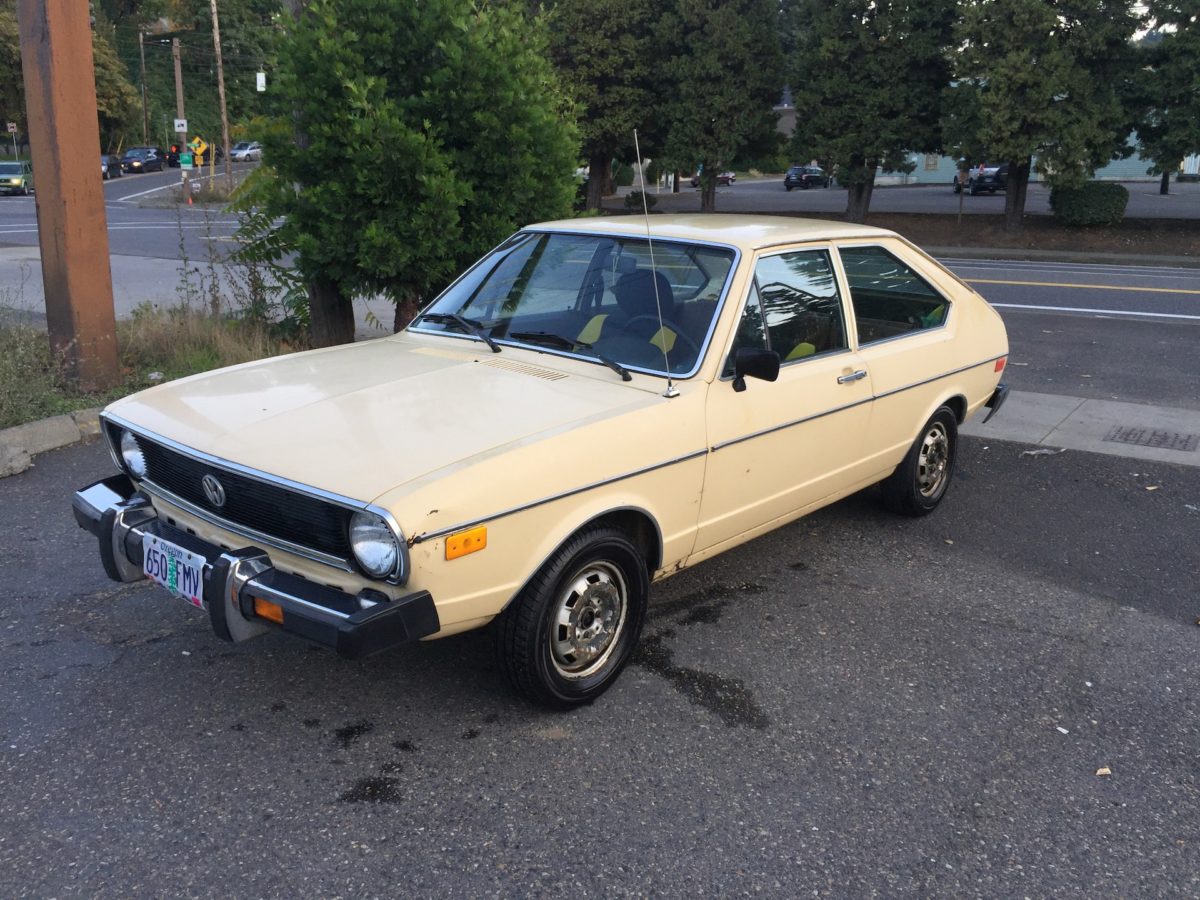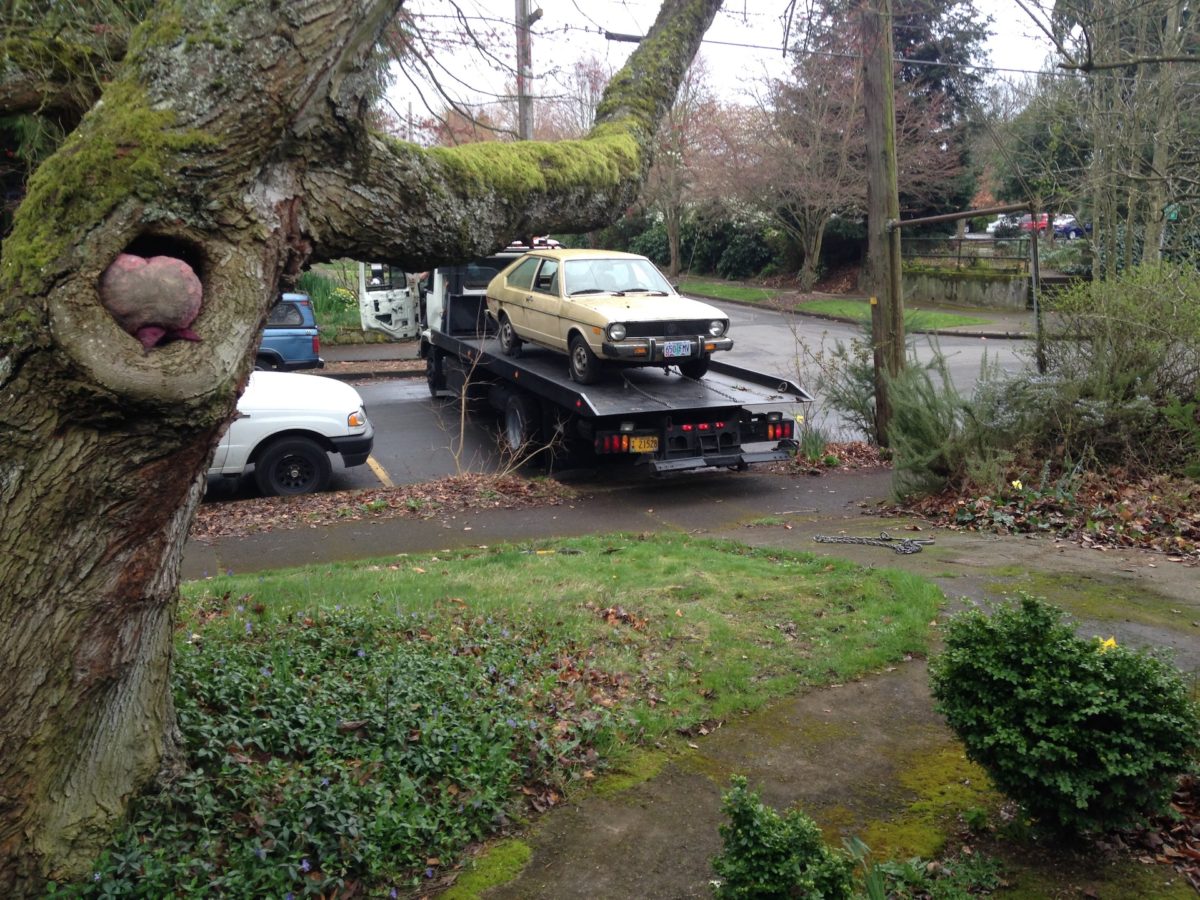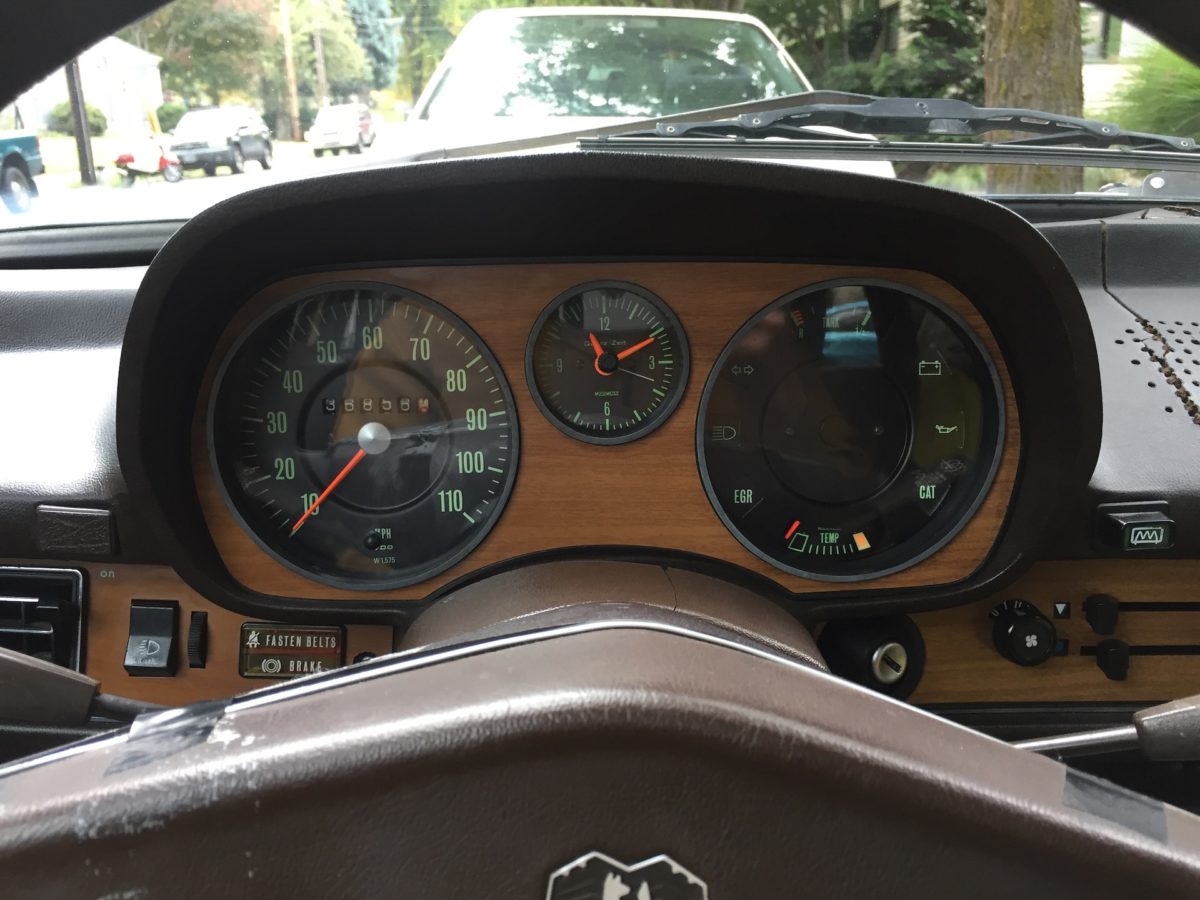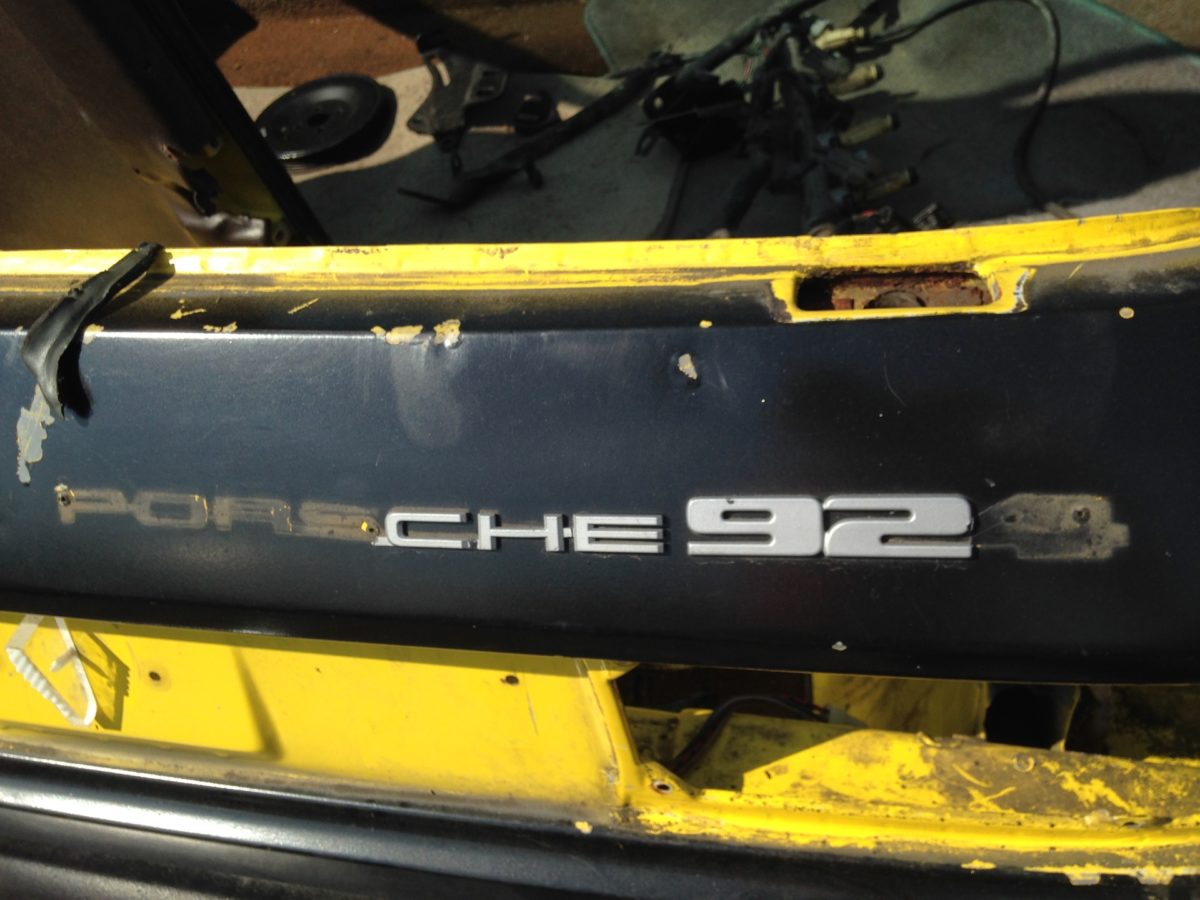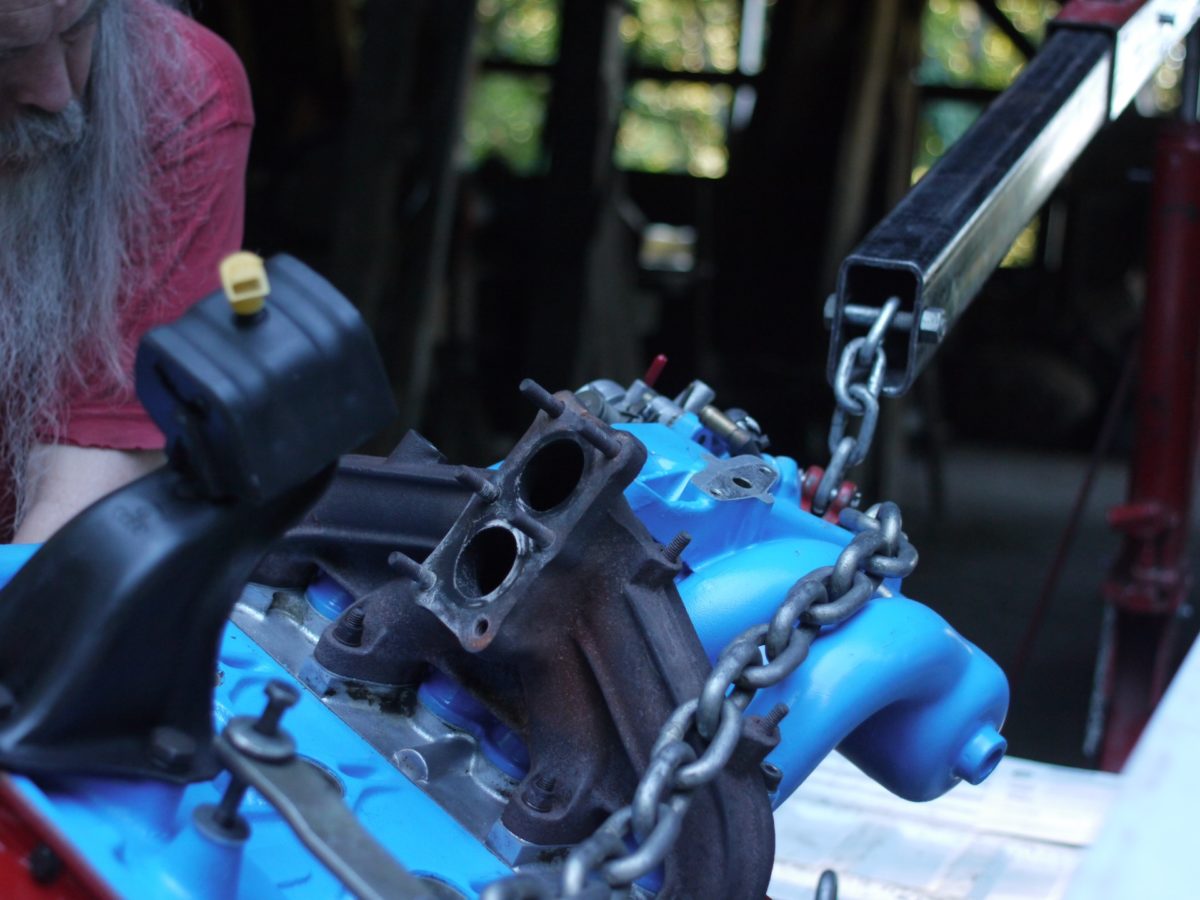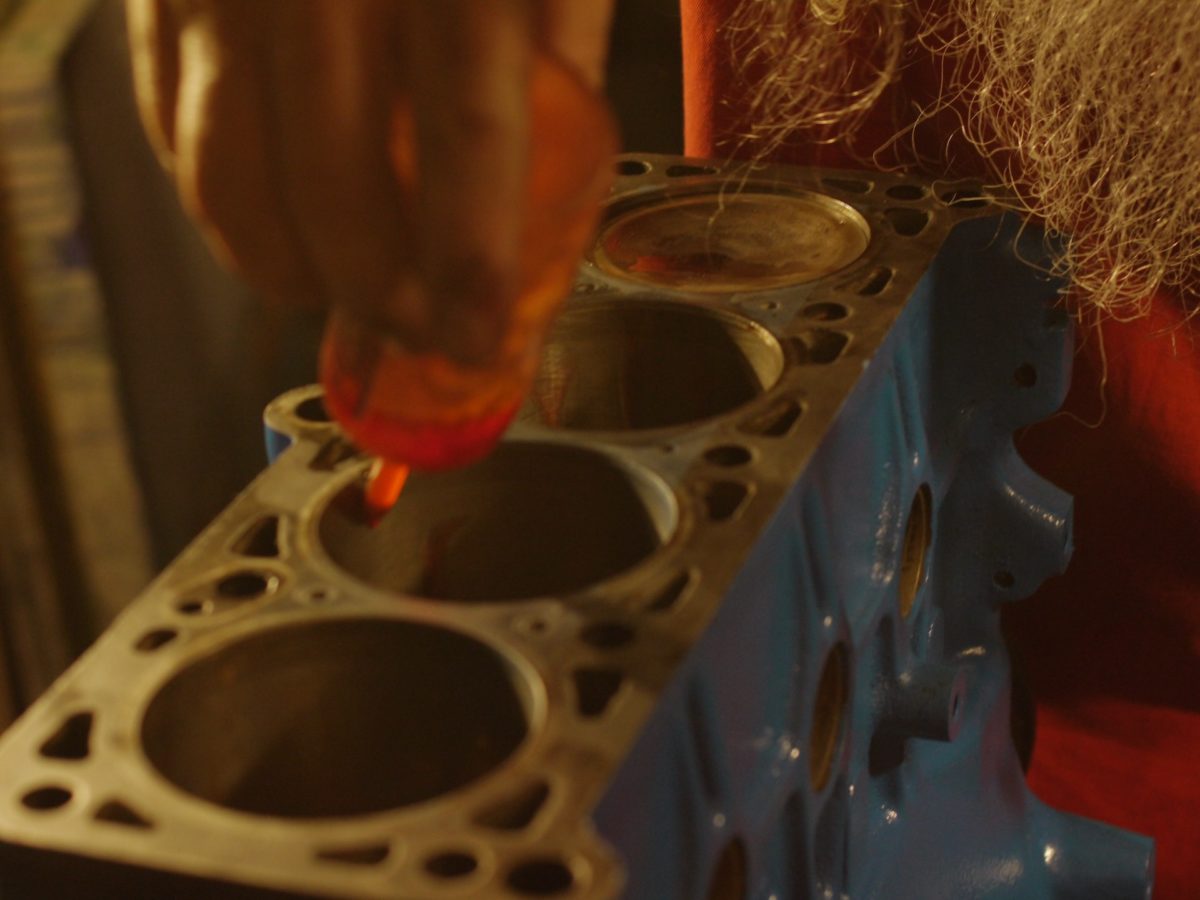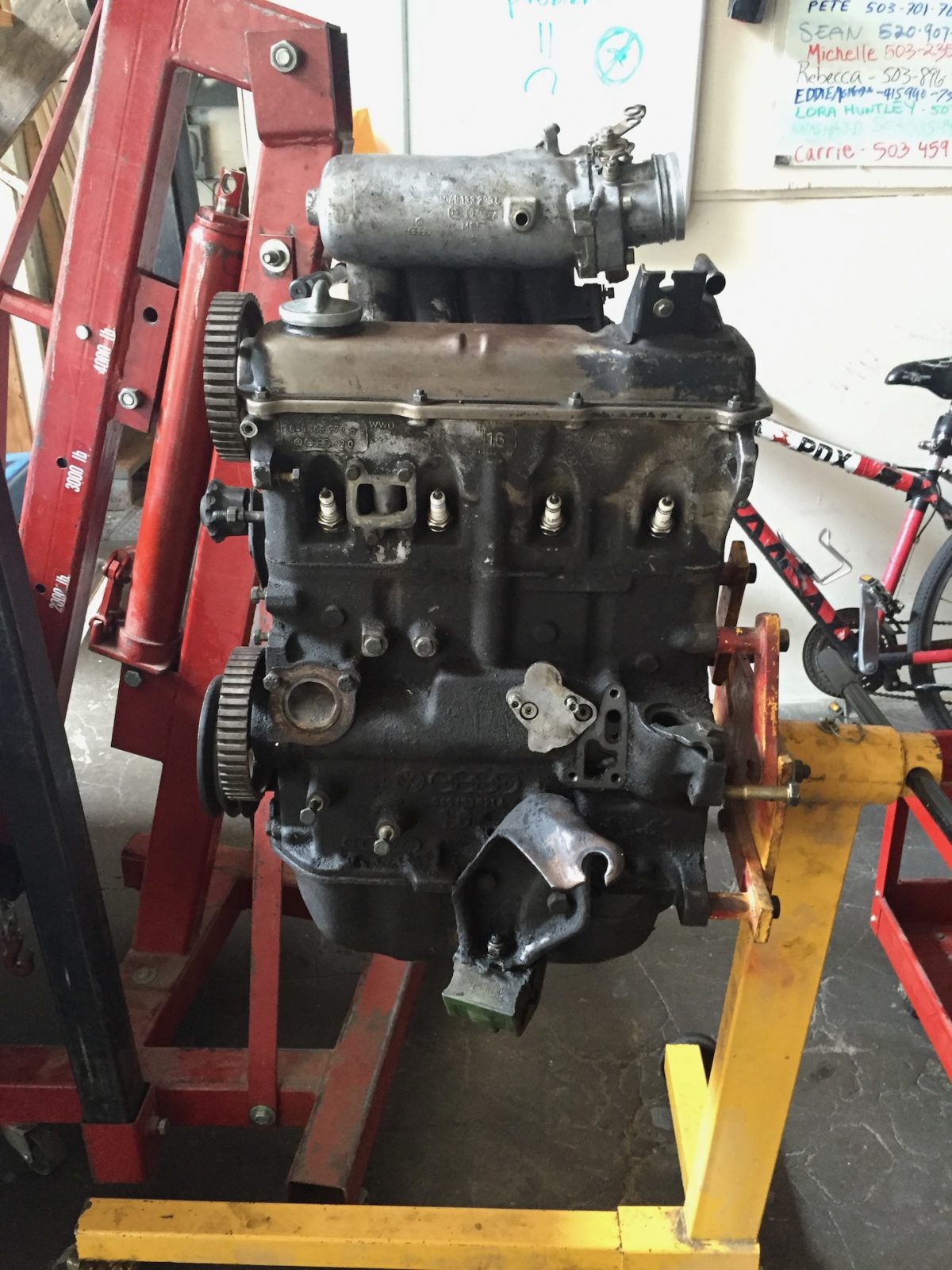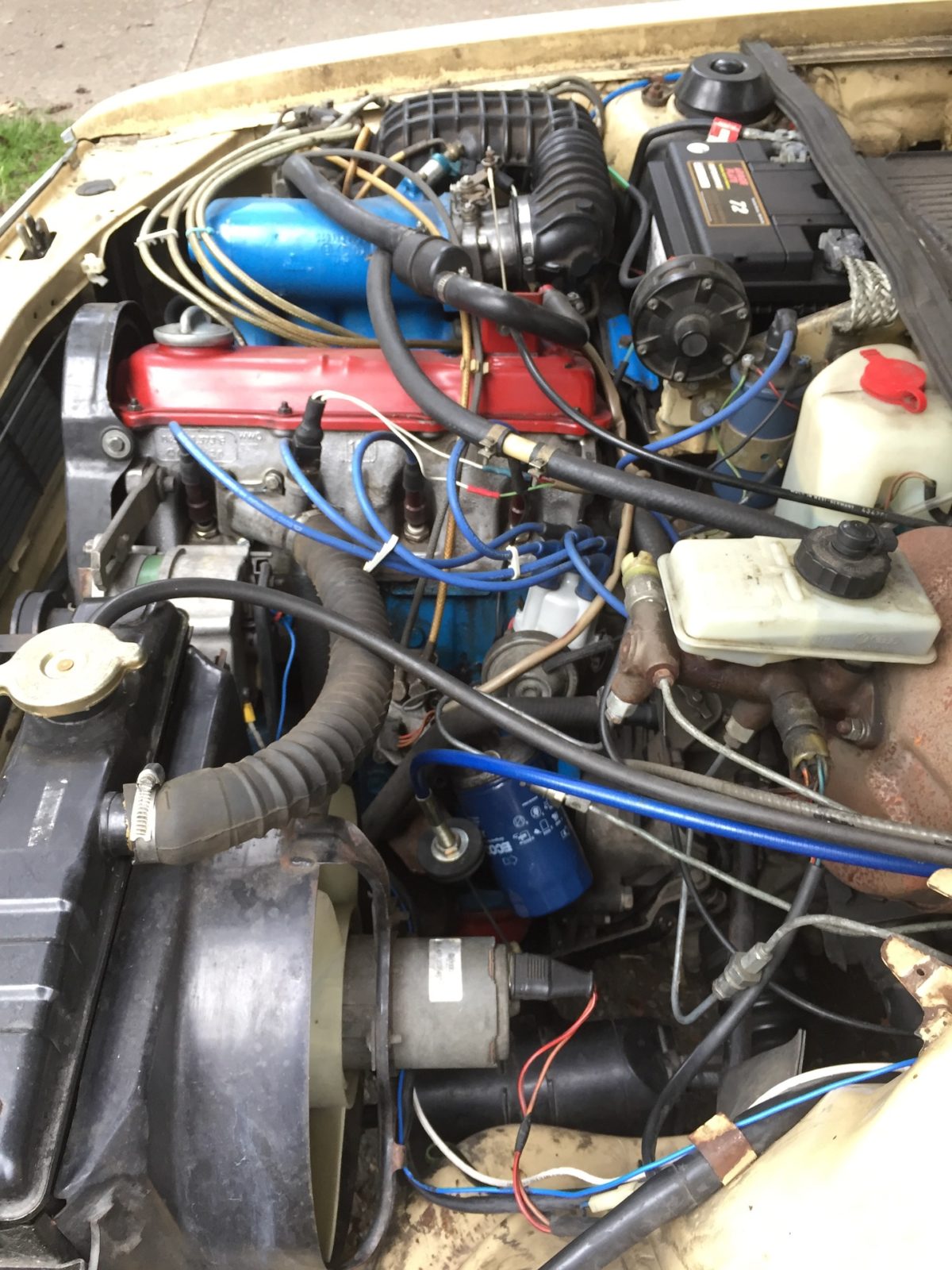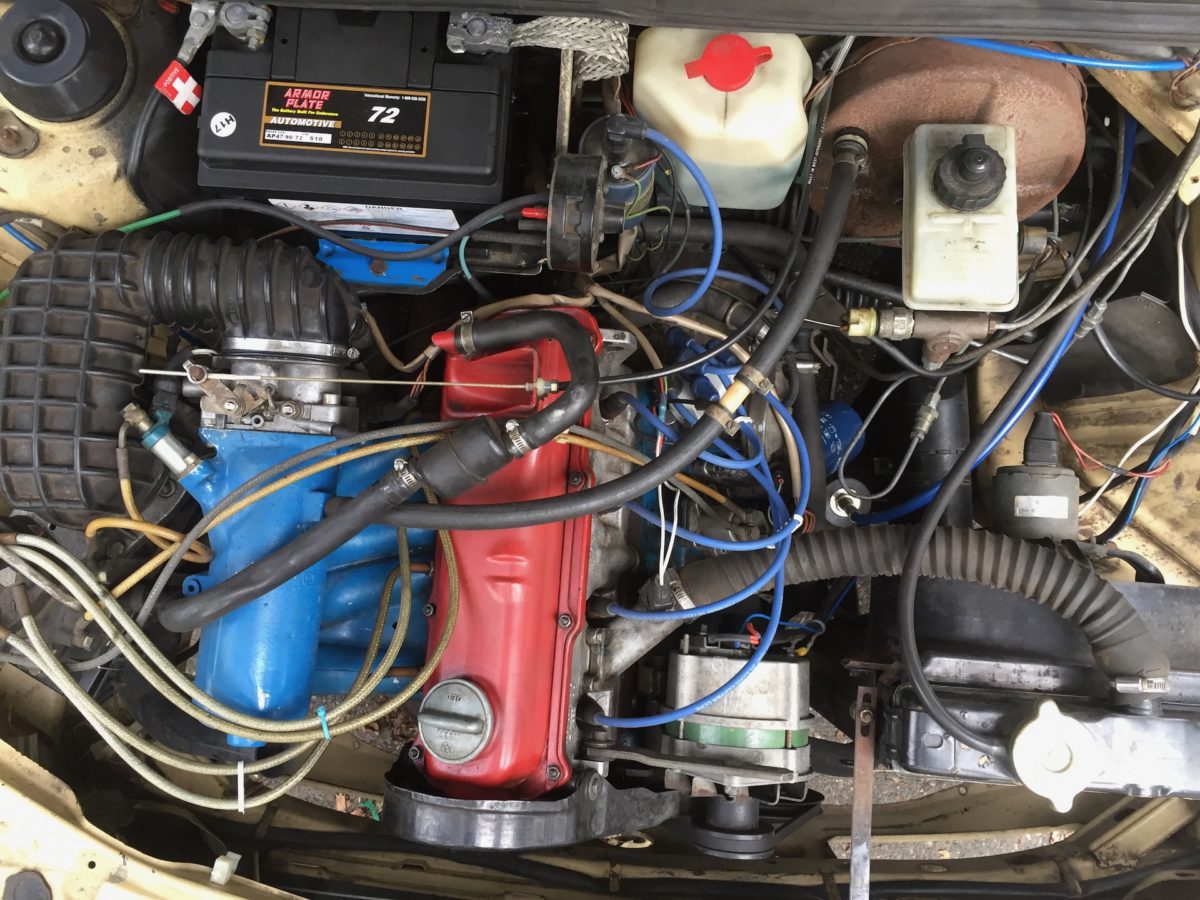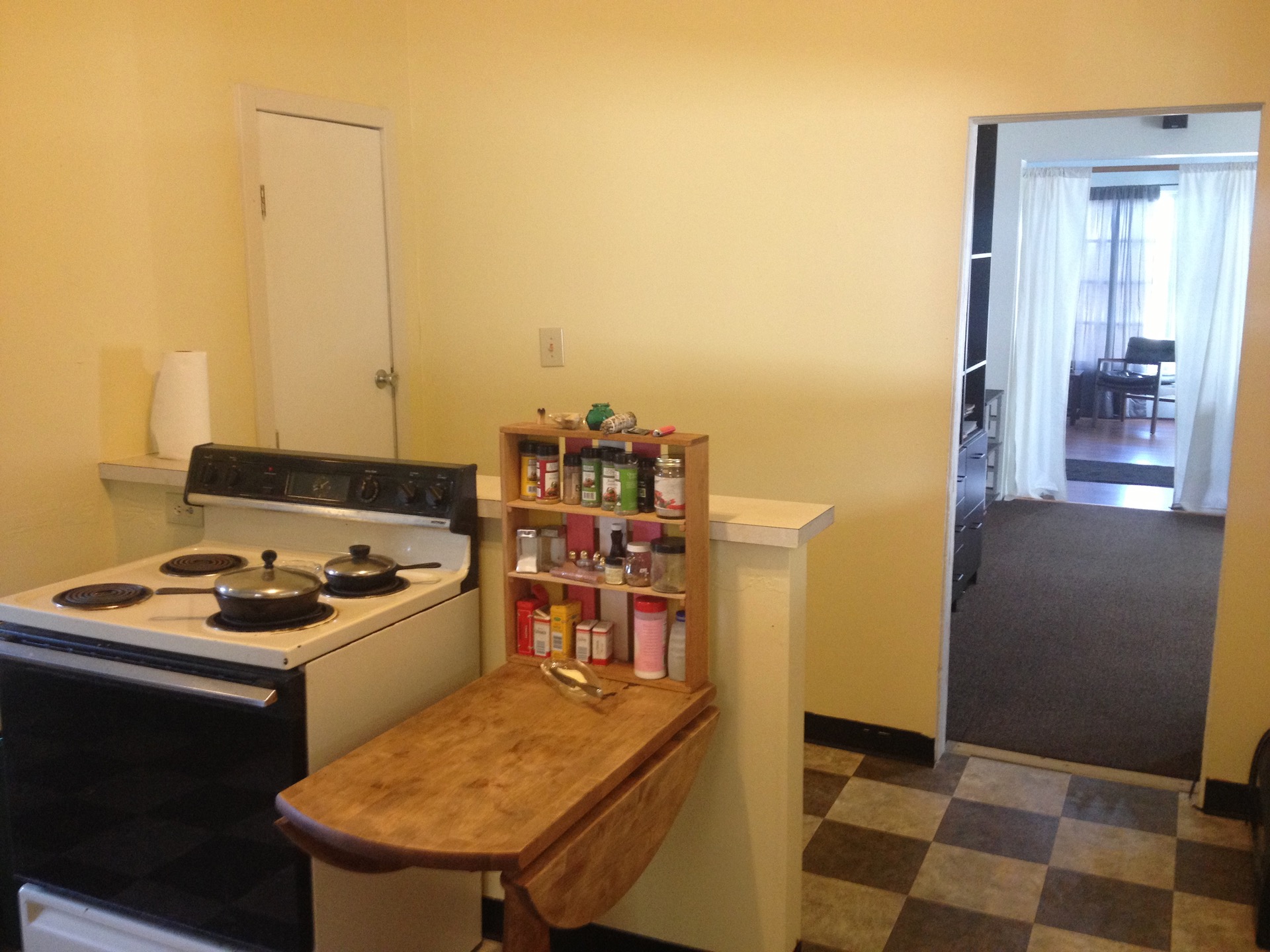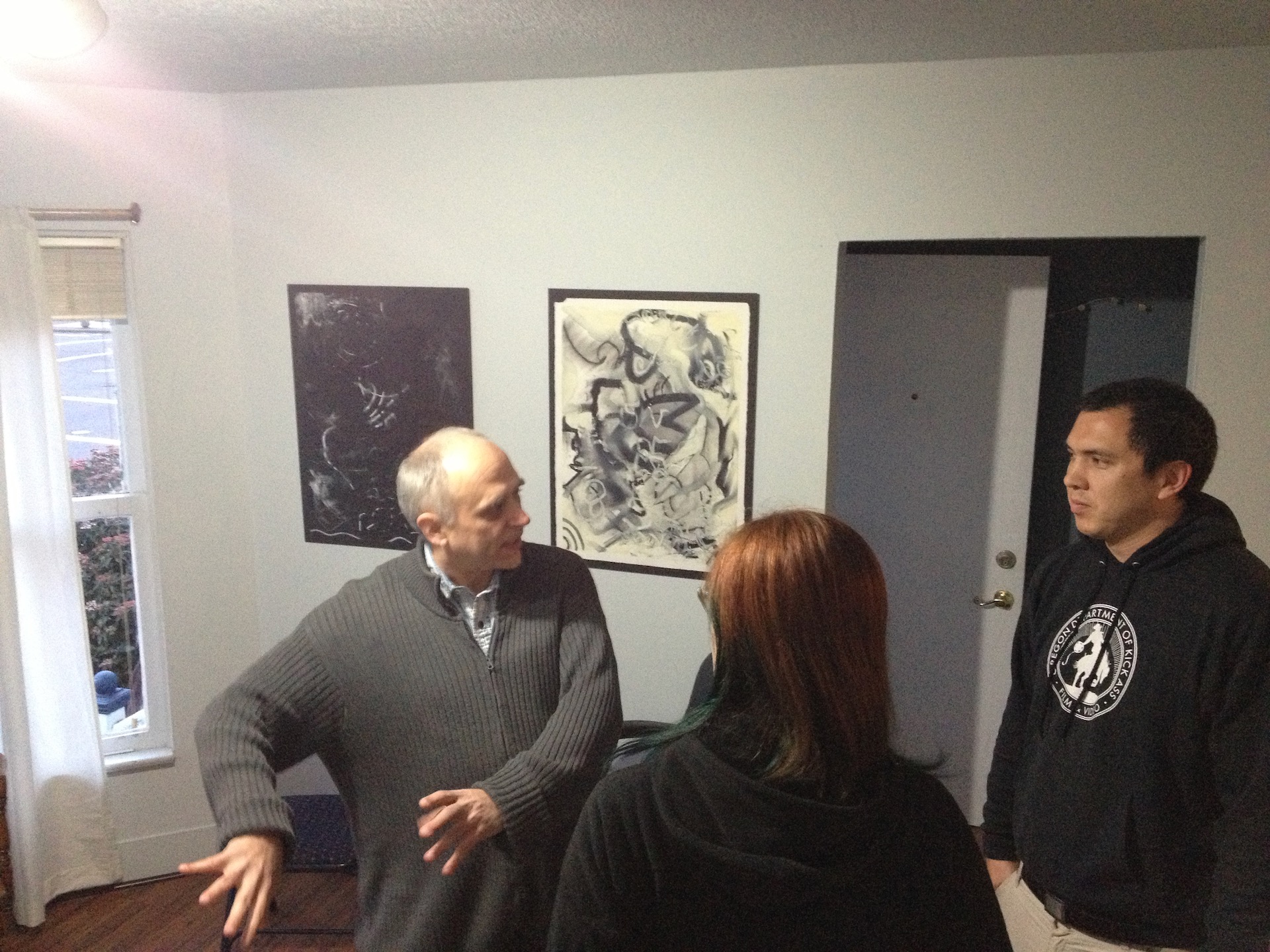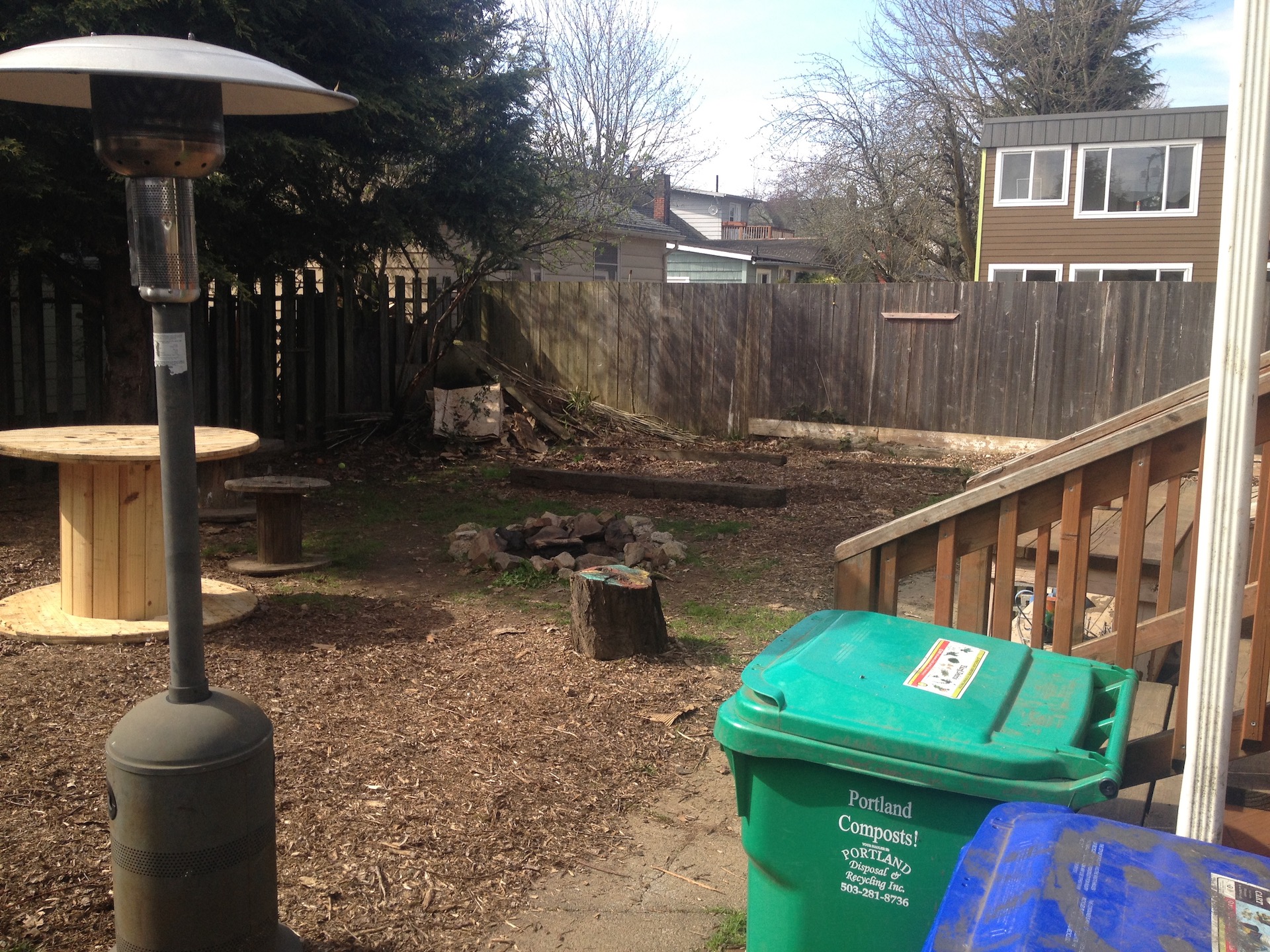Held Gear is a fashion accessories brand that I absorbed in the spring of 2022. It was formed in 2008 and has a loyal customer base.
Since taking it on, I created a dot com page including a full marketplace accepting Bitcoin and cryptocurrencies; expanded its social media presence, opened eBay and DePop stores, maintained the 5-star Etsy shop, and fulfilled custom orders to locals.
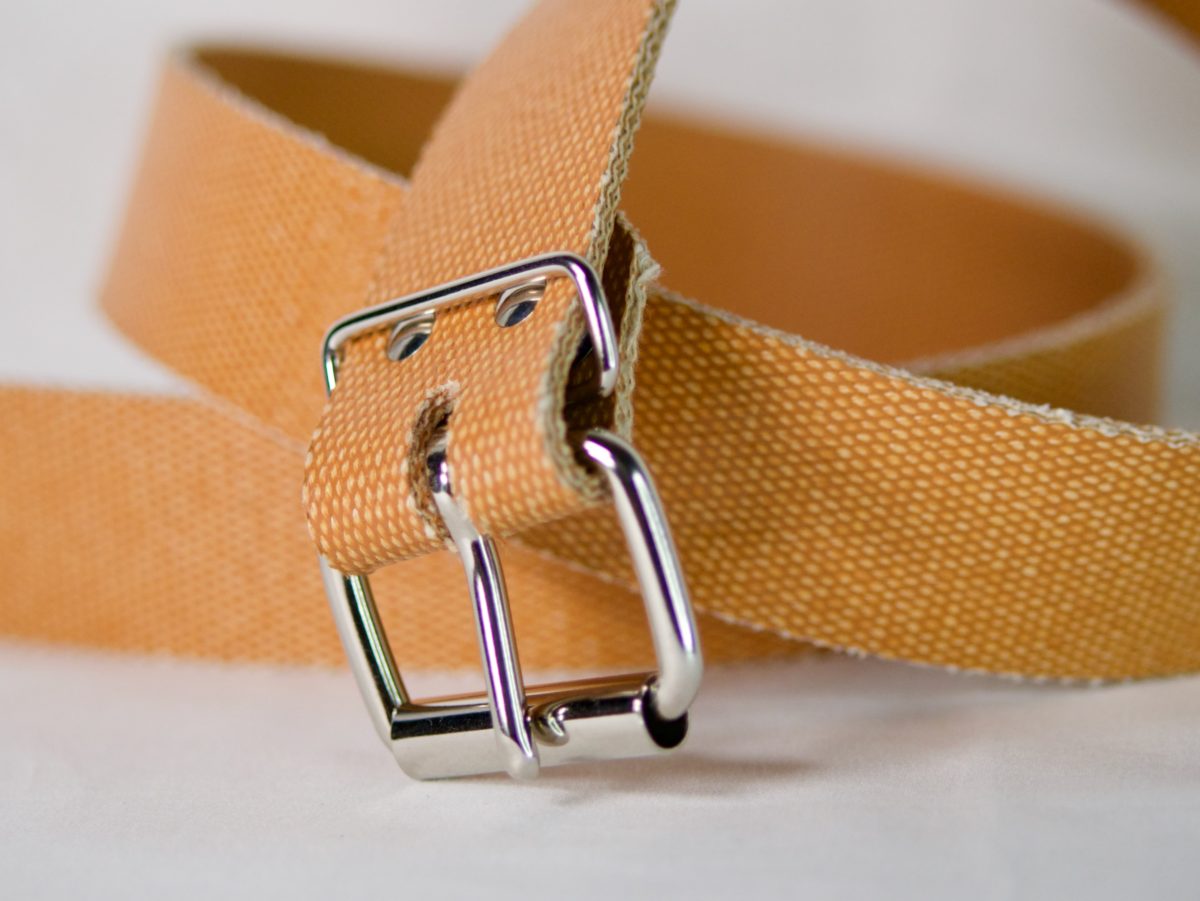
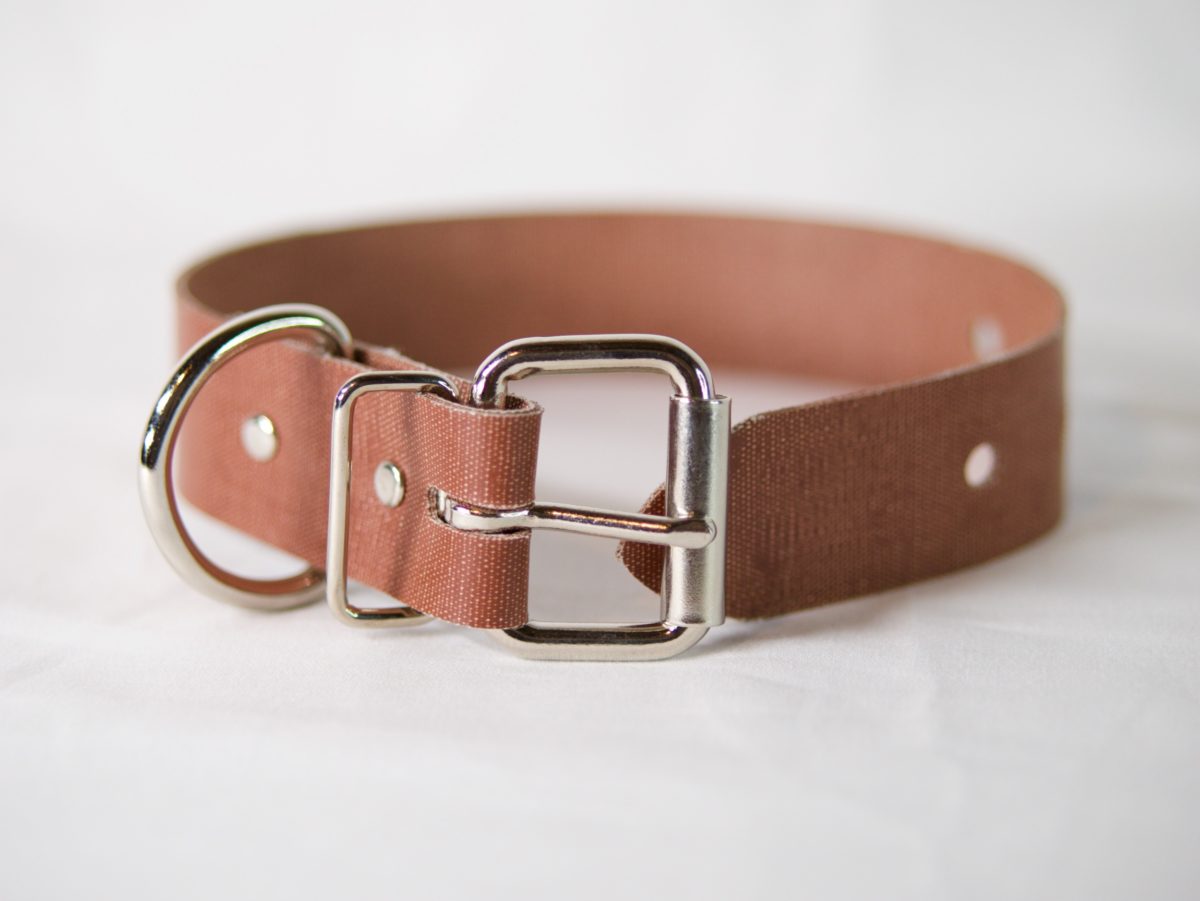
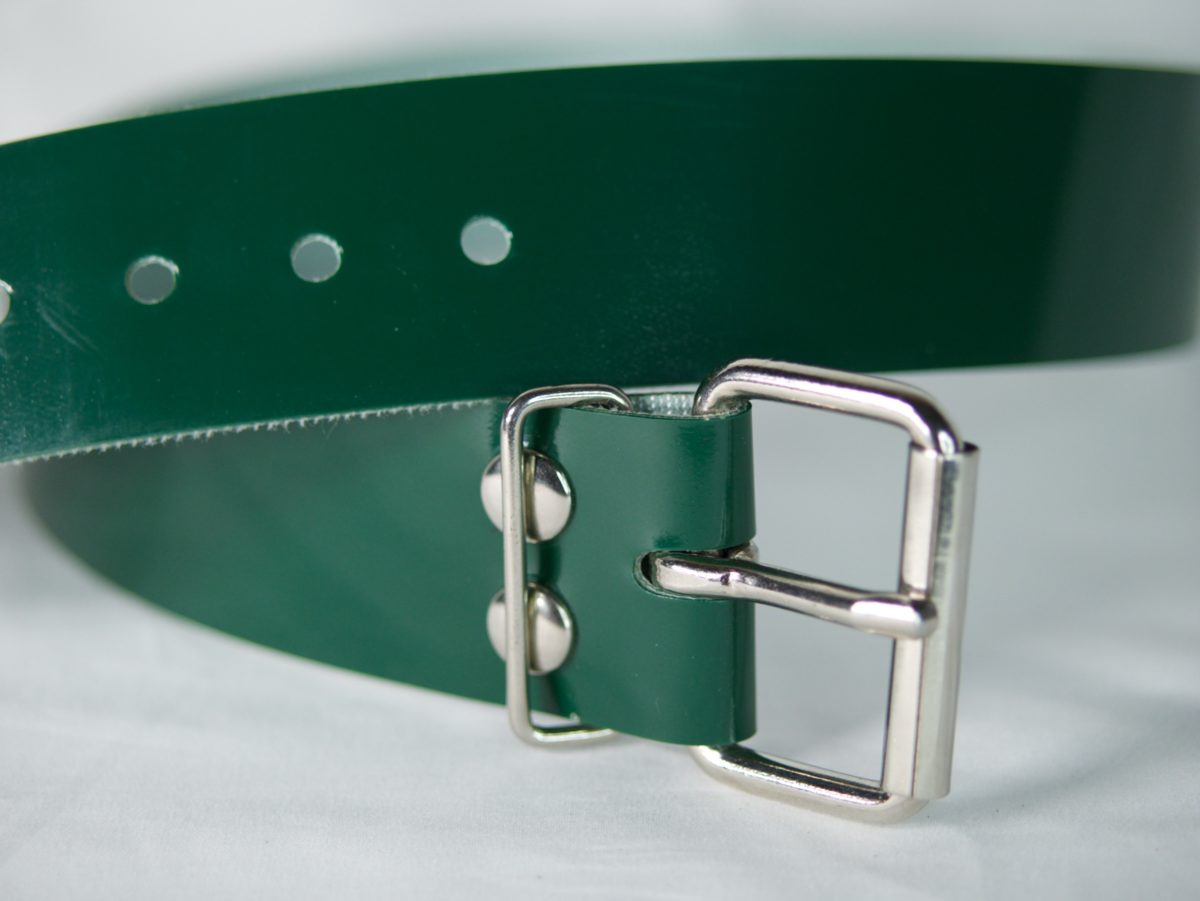
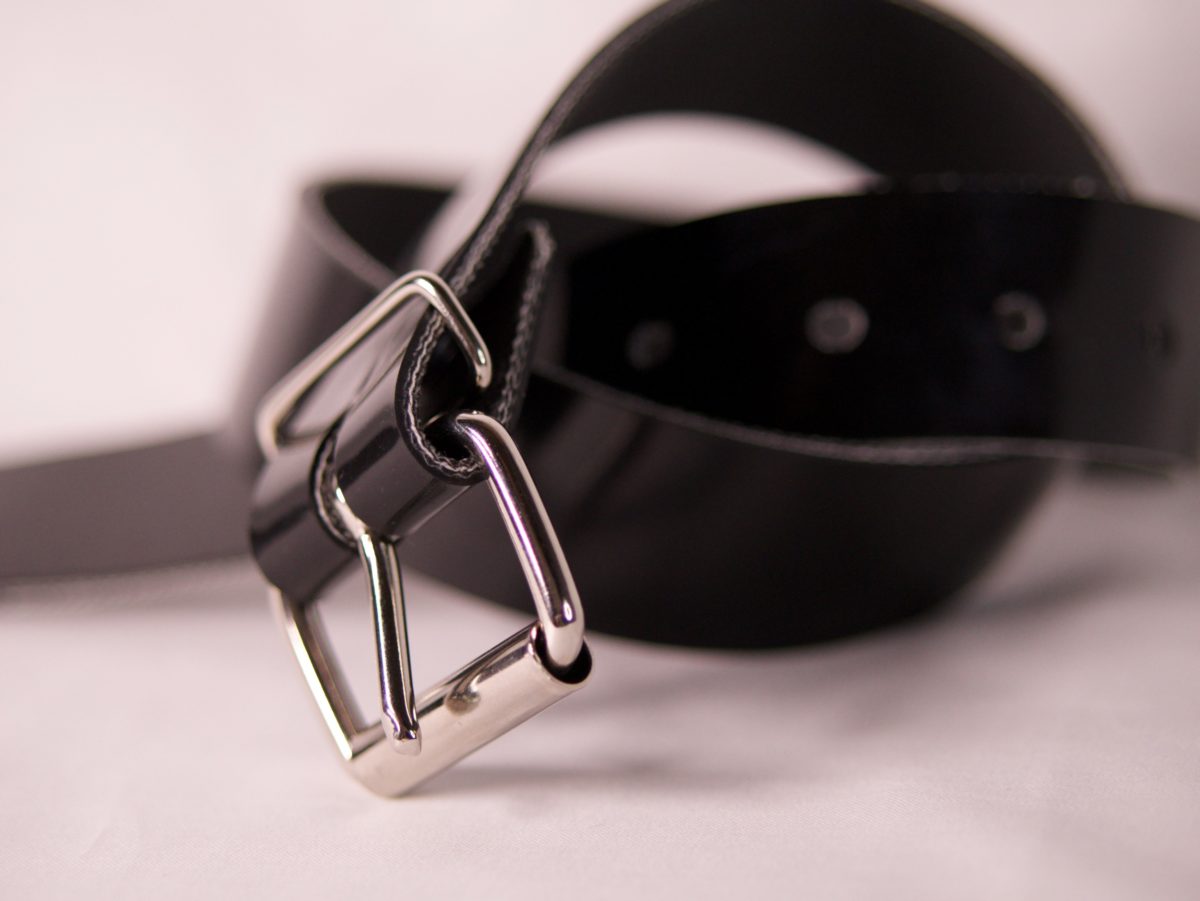
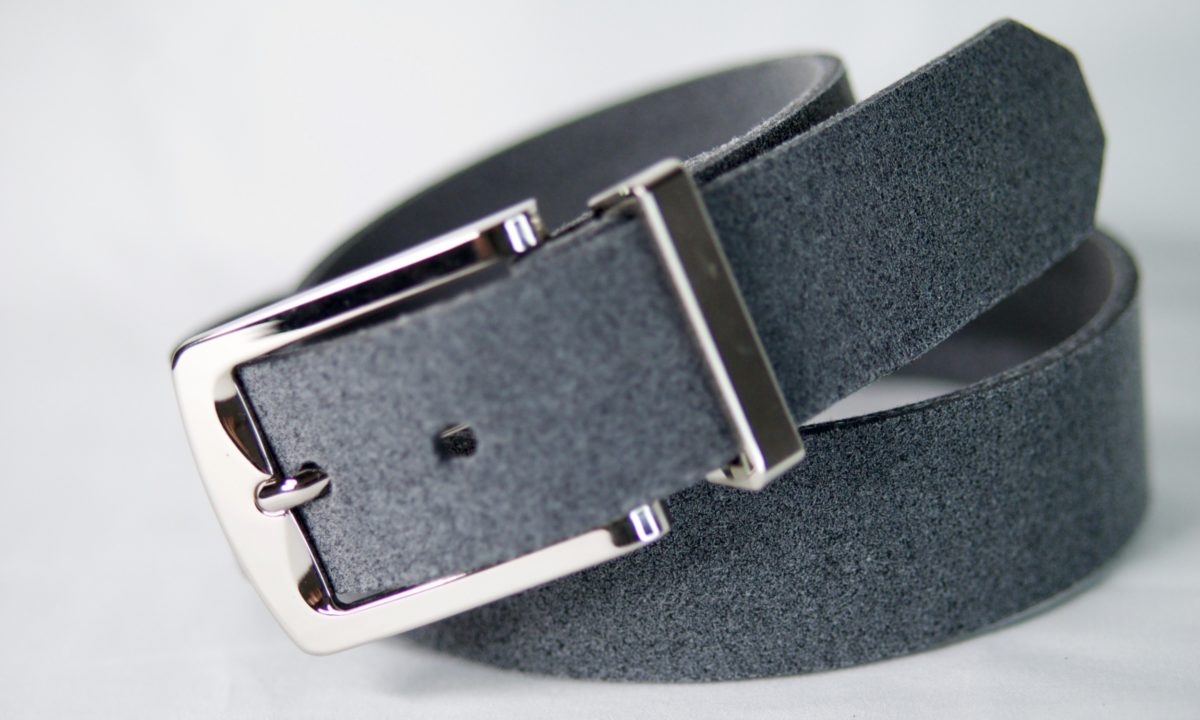
I landed Held into a fashion show, added many high quality modeled photos, replaced outdated product images, and produced a four-part video series for the benefit of customers.

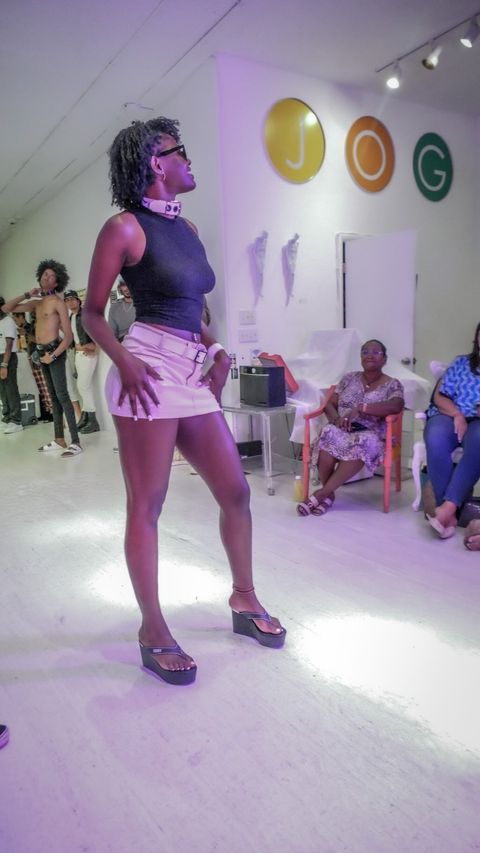
I have revised old designs and added new products, stepping into apparel with a round of branded art print sweaters and tees, featuring an original commissioned design.

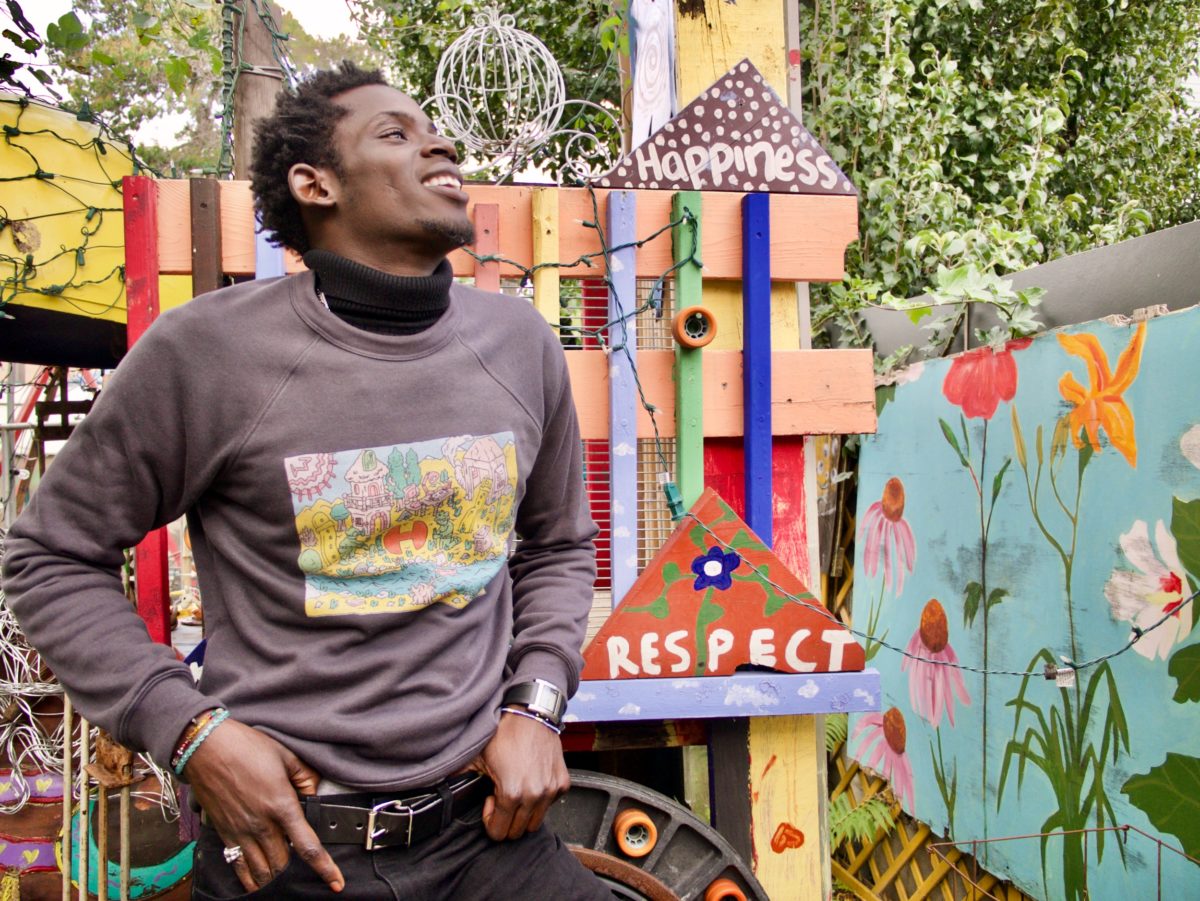
I moved product and spread the name of the brand at marketplaces, and have processed a few thousand in sales up to now.
As busy as all that has kept me, progress is not moving as quickly as I would like. My job first was to resuscitate the brand. Second is to redevelop it. Although Held is established, in the scope of development it is still infancy.
Right now, I’m devoting what time I have to improving the presentation, especially the website, my table and tent display for local markets, brochures and materials for soliciting stores to carry the brand, which also means improving the tagging on each unit.
I had my long time collaborator Ingrid Horton freshen up the original logo. I have begun to emphasize the H across social media. I believe this letter contains all the power in the logo. Although I’m open to rebranding, I am giving this design a shot.



I inherited about 40 various belts ready to sell, a box of materials and one template design to continue producing. I have sold most of those original units and several dozen of my own builds. With no substantial marketing efforts, I continue to see online sales around the country.
The ethics and cultural foundation of the brand is my guiding force. Held comes out of the 2000’s punk scene of Portland, Oregon, focusing on sustainability over profit: Affordable, durable, American-sourced, handmade vegan products.
My goal for Held Gear is to be a complete apparel line, and more. I will partner with fashion designers to develop new product lines, and it will do the opposite of what fast fashion companies are doing now. Held will produce durable styles that never go out of fashion.
I have already begun introducing utility and pet products with the materials and technology I have on hand. For example, I partnered with ArtesinA, a new artistic pet-focused product brand, to produce pet collars. They wholesale from me with a specific customization for their own adornments.
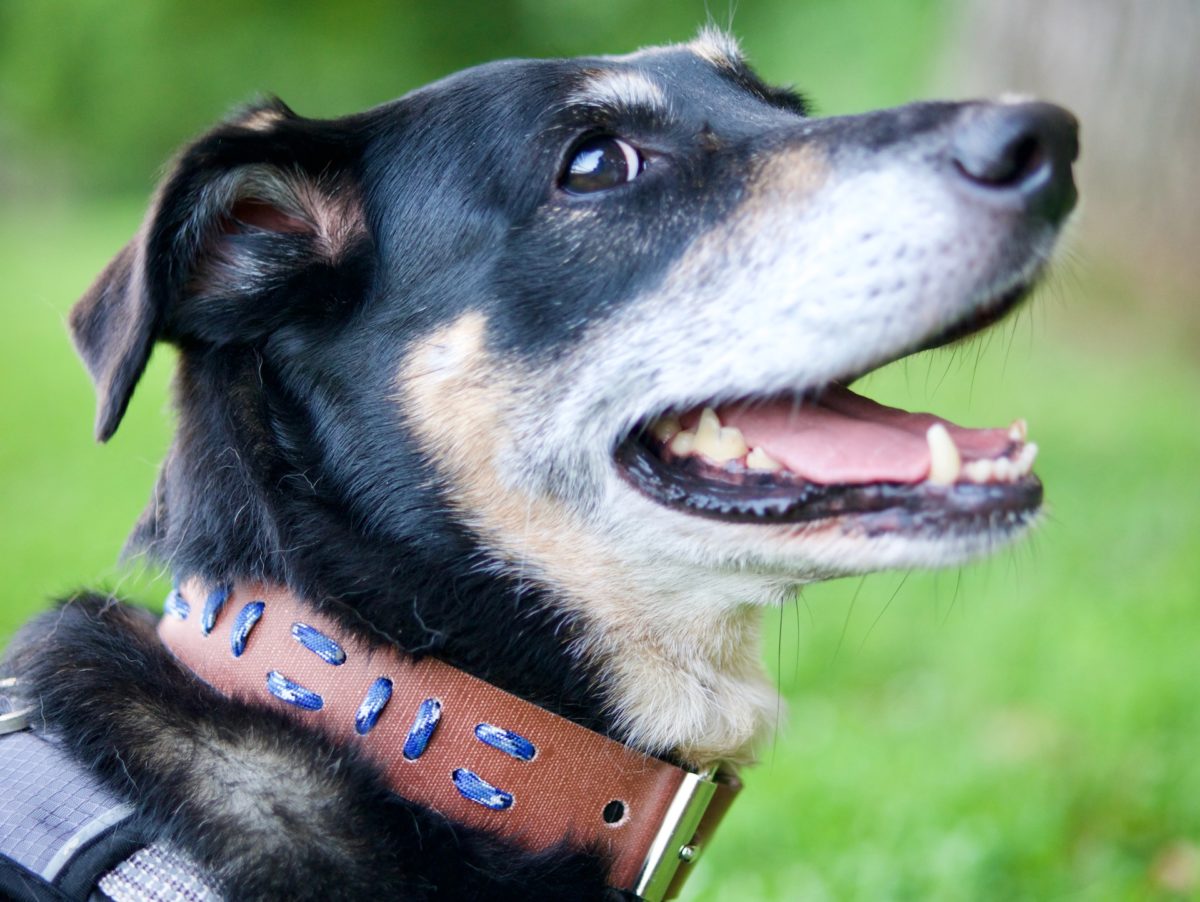
Considering Held has been in existence since 2008 and I’m starting almost from scratch, it’s fair to ask why I would bother, because it clearly hasn’t blown up yet.
I believe that the brand hasn’t had a fair trial, as it lost momentum early on for reasons outside of the founder’s control. And the fact is that many older customers have come back for replacements, after ten plus years. They remember the brand and they seek it out. Plus, young customers have discovered the brand and respond positively.
History
Held Gear was created in 2007 and formally established in 2008, founded by Micah Perry as Held Vegan Belts with the primary product being a straightforward, super durable belt made from the ends of conveyor belting rolls discarded by a Portland, Oregon factory, where he was an employee.
Micah launched a store in 2008 on Alberta Street in Portland, and on Etsy, after developing his products by selling prototypes at local markets and to his friends. That same year, he was diagnosed with cancer, and for the next decade struggled to keep up with his business as the disease overtook his body.
First, the store had to move to a more affordable location, closer to home. By 2012, that shop had to close. Inventory on hand would suffice for years, but no production and thus no new designs were introduced until 2015. Shortly thereafter, Micah and spouse Melissa started a journey by van across the country, seeking shops and markets to sell Held products out of.
They succeeded in landing a few small stores and briefly resided in Michigan, close to a supplier of materials based in Grand Rapids.
Micah’s family in Ajo, Arizona, became their next stop, and they permanently relocated as Micah took ownership of a family lot, just east of Ajo, in a gas station town called Why.
Now, I first received my Held belt, which I wore from 2009 to 2018, as a raffle item for No.Fest. I was introduced to him at his shop on Alberta, and I helped him move out in 2012. We never were close, I just happened to be friends of his friends.
Finally, in 2018, I began to visit Micah in Arizona, because it was a lovely 2-hour drive from my parents house in Tucson. He has sculpted a unique environment from his property and it’s a nice stop before Mexico as well.
Over this time, he lost focus on the brand, opening a thrift shop in Ajo, while enjoying a kind of retirement lifestyle. He lost focus of the brand and ran out of steam altogether.
The brand had become associated with so much pain and commotion in his life, and it was stuck in this tiny town in the middle of Arizona, he realized the brand deserved better and he couldn’t give it what it needed.
As his relationships from Portland faded, I was one of his few visitors, and our friendship began to form. So in 2022, he considered me a good candidate to take over the brand. I had wanted to help with it for many years, so I knew I had to do it.
Moving it to Philadelphia might be the best thing to happen for the brand since opening a shop on Alberta. The funny thing is, the second retail location — the one I helped him move from — was on Philadelphia Avenue. It’s like there is a divine code to things.
The Belt and More
The American-made material is industrial, vegan, and more durable than top grain leather. The materials themselves are nothing out of the ordinary for fashion. The carcass of a conveyor belt is usually polyester-cotton, rubberized with nitriles, a rubber that is created from natural sources, including trees, and is used for things like medical gloves.
Nobody else uses this material. This is what makes the Held belt different. Held belts are usually food grade, water and oil resistant, making them the ideal belt for workers.
The whole brand doesn’t have to center around this material, but I would like to continue this tradition of repurposed industrial materials while expanding into traditional textiles.
Introducing the art print line, I sourced American textile manufacturers for my blanks: Los Angeles Apparel, U.S. Blanks, and Bella+Canvas. In this way, I can take steps into apparel without giving up the integrity of the brand.
My vision for future products you might say is proprietary knowledge. One step at a time. I haven’t accepted any venture capital and have financed everything myself.
My next steps involve wrapping up my website development and other presentation stuff, like brochures, to get belts in a few stores in Philadelphia, for starters. I know how many units I need to sell each month to feel I can move on from there to apparel.
Partnering with fashion designers is how I envision doing that. I can design belts, and other strap-based accessories, it’s something I understand, but I cannot get into clothing. That’s a science.





